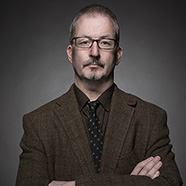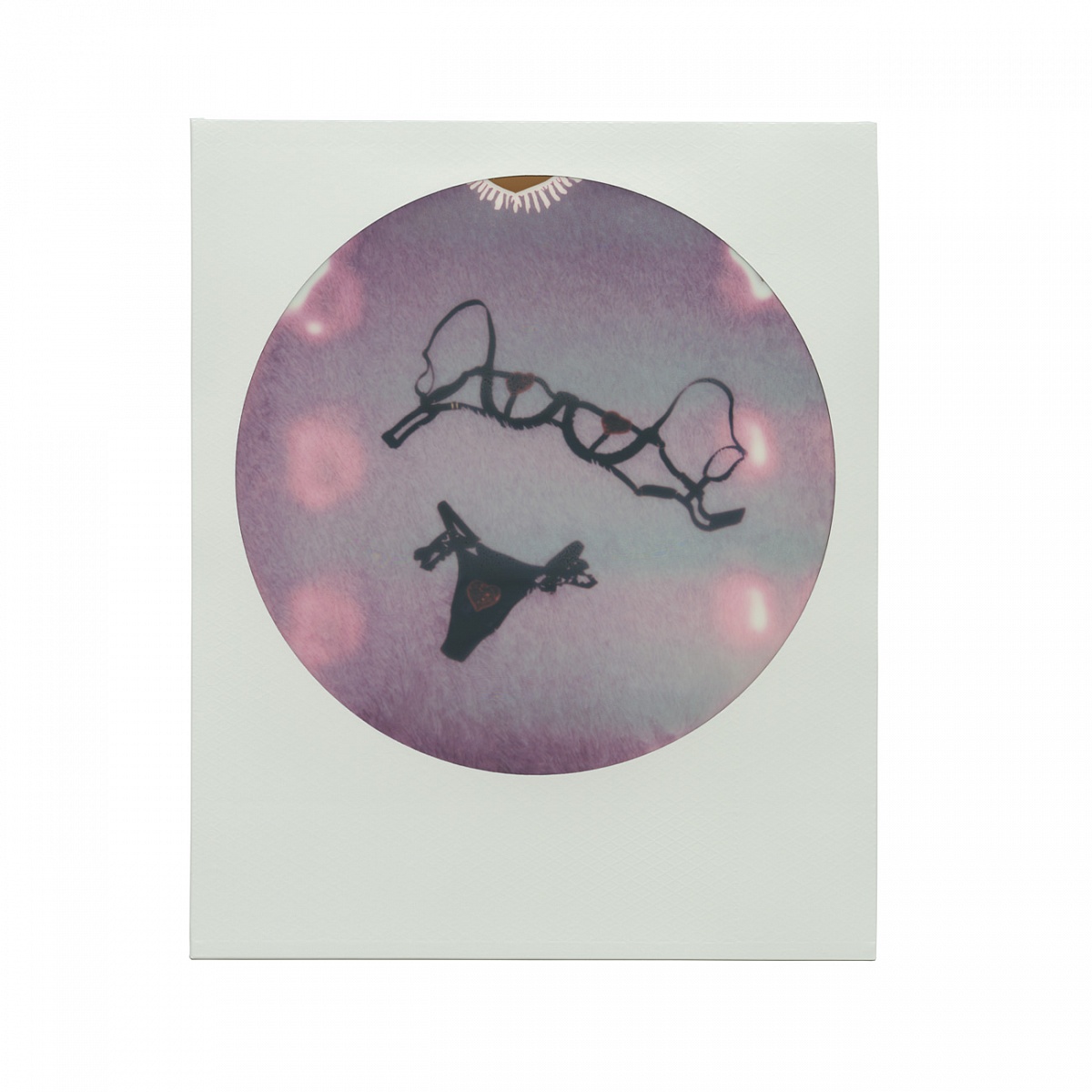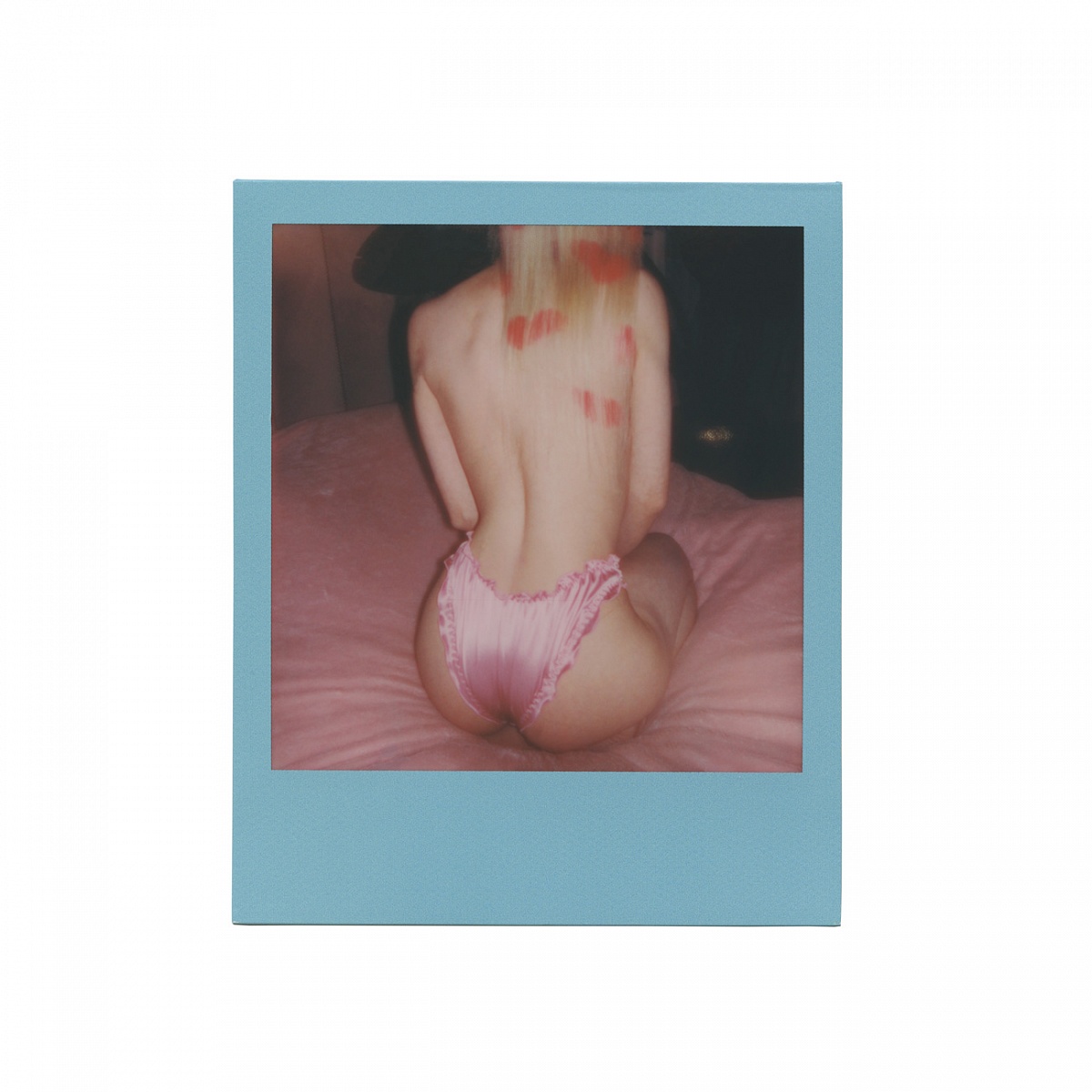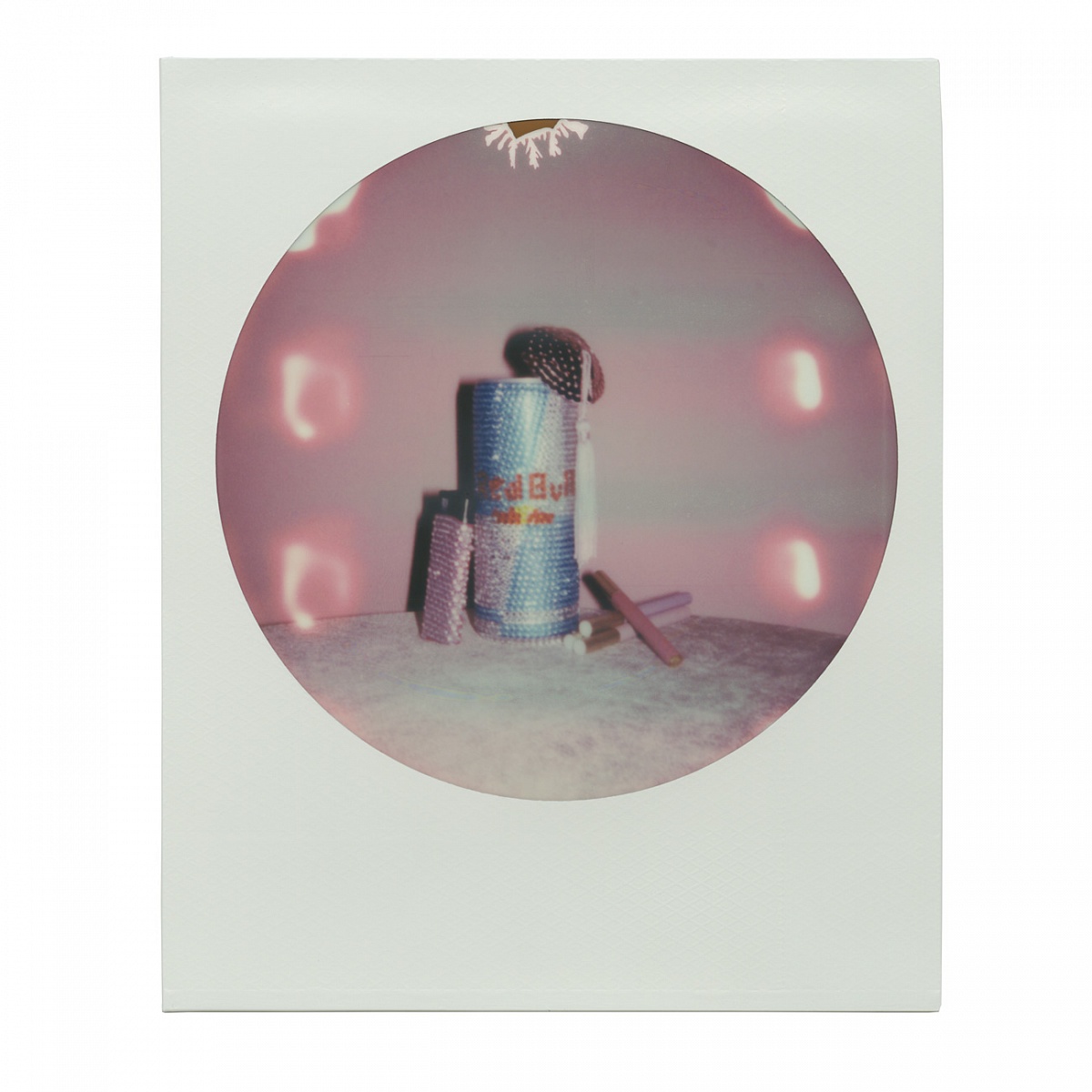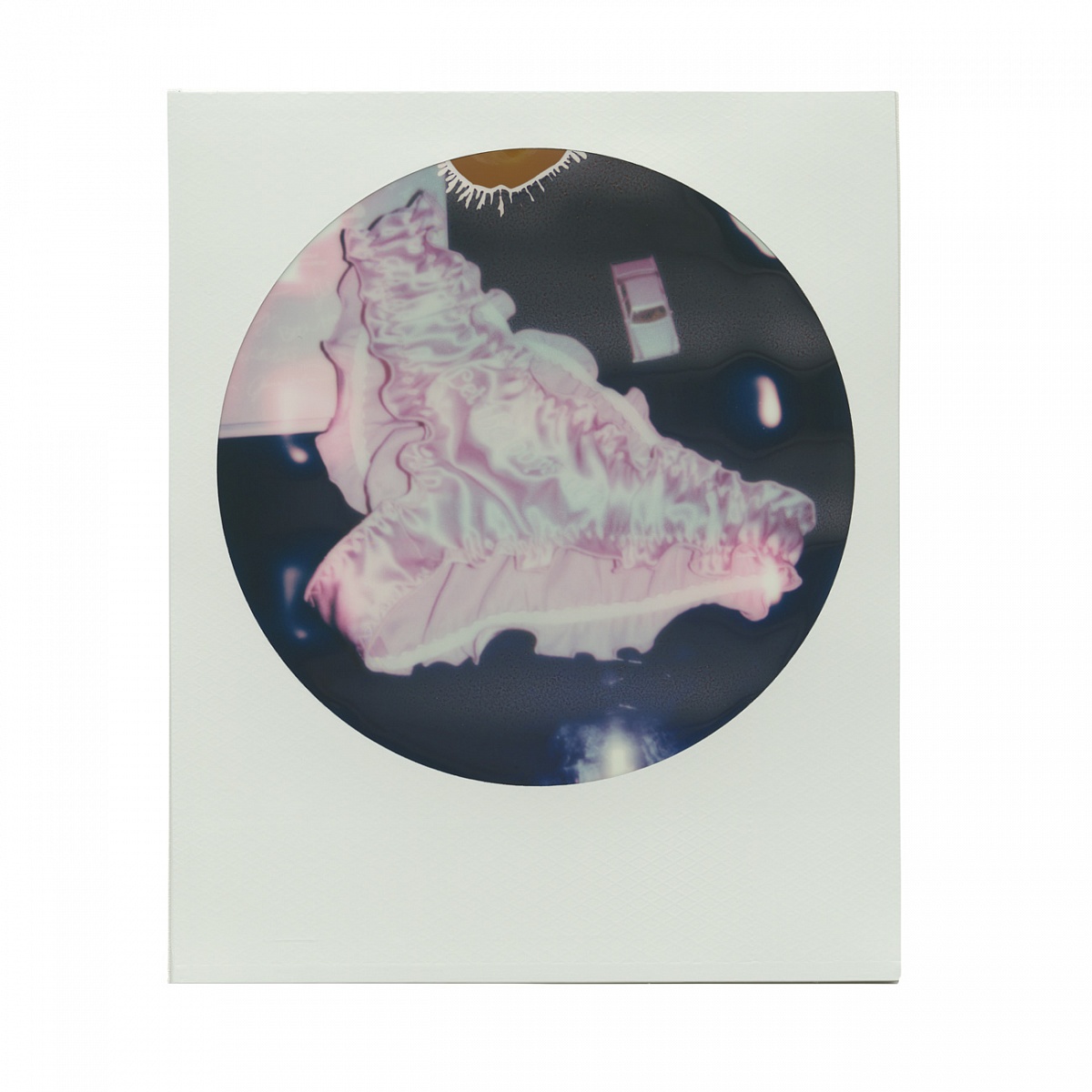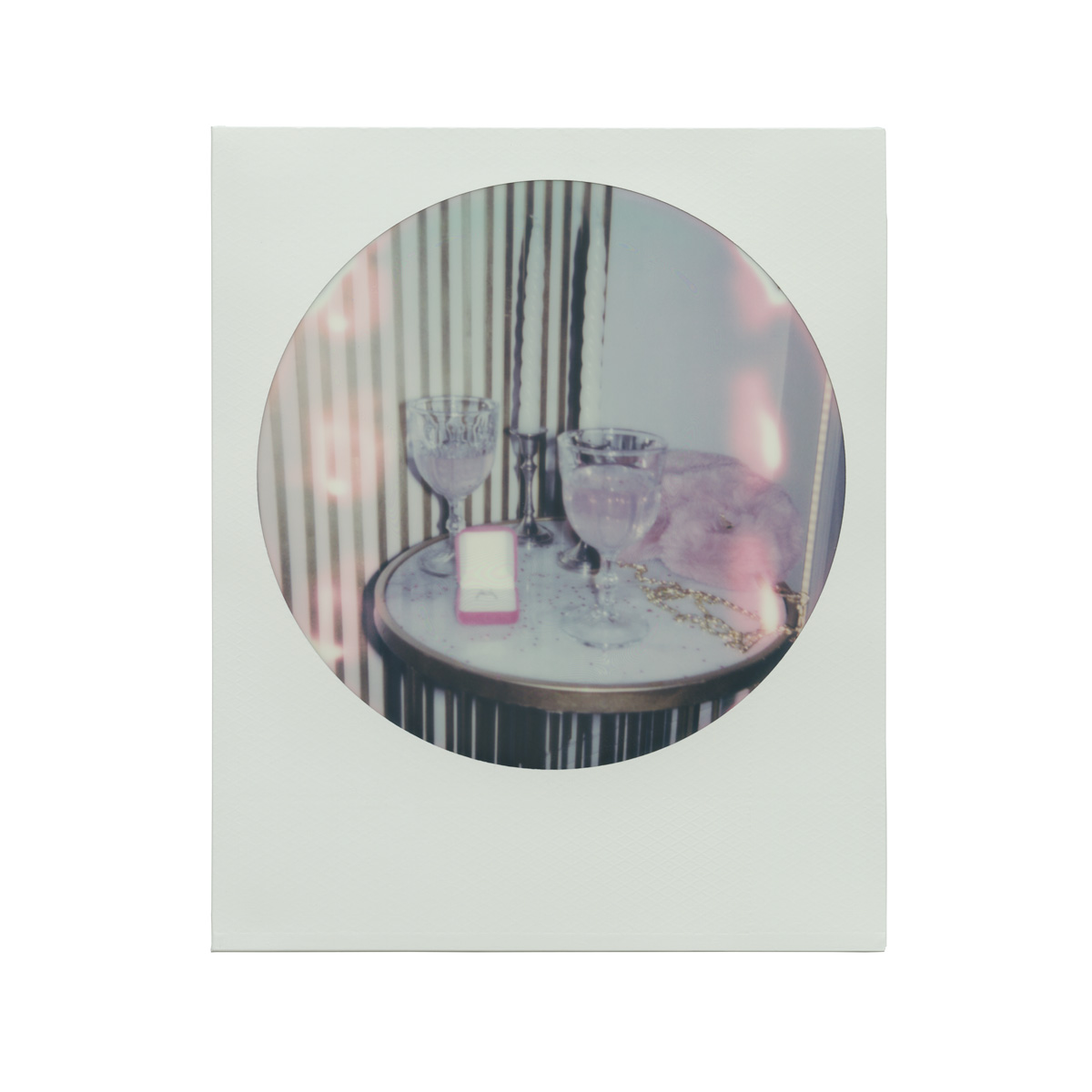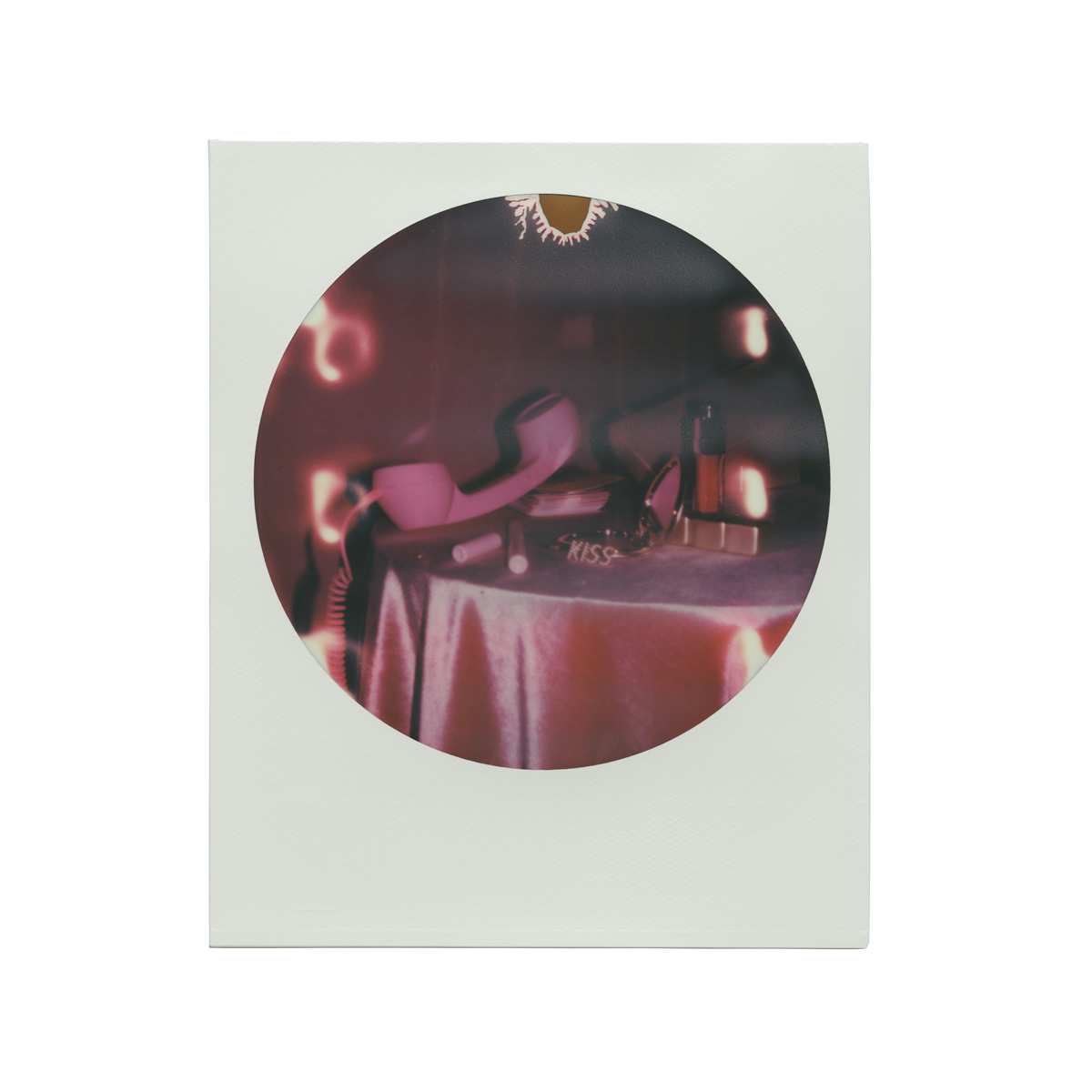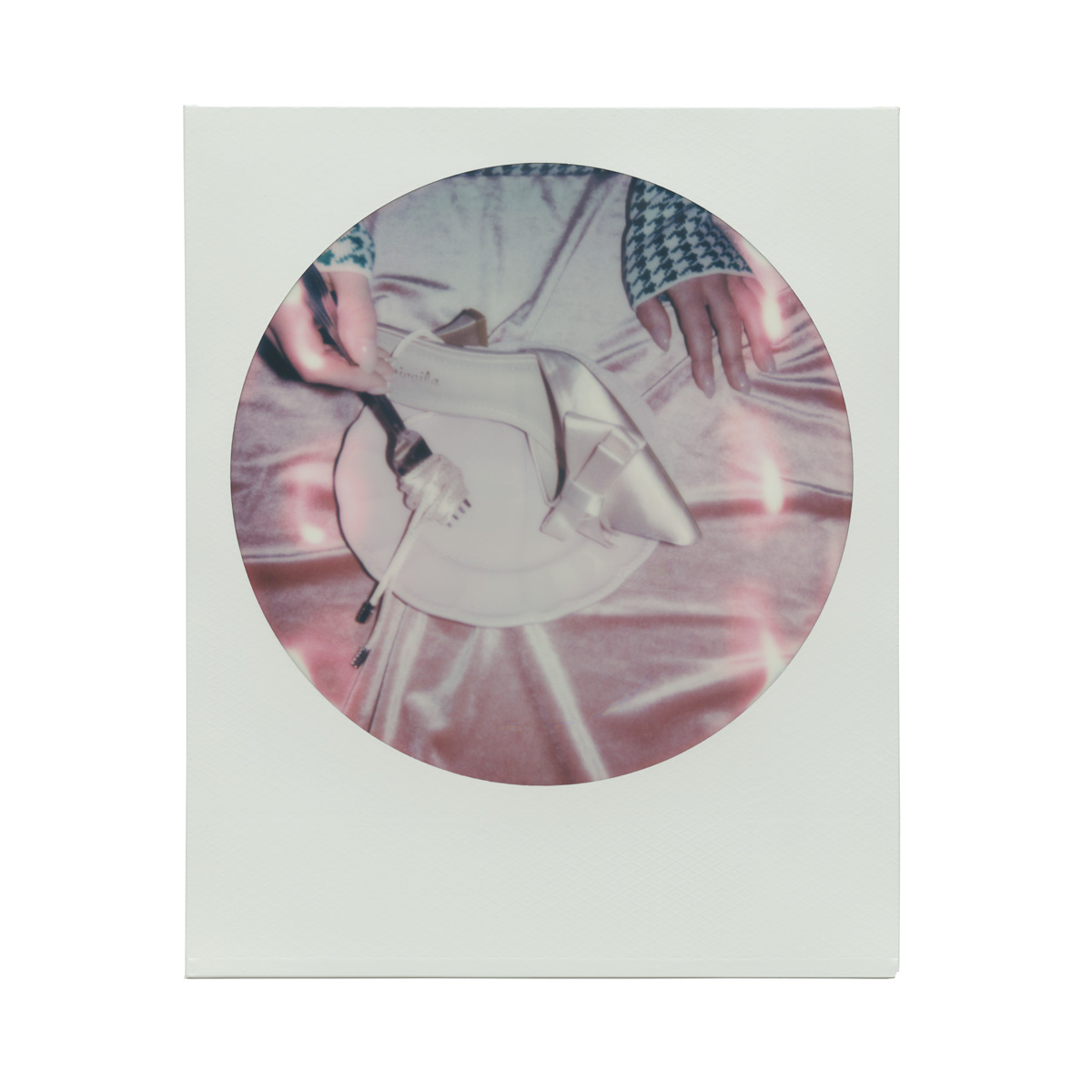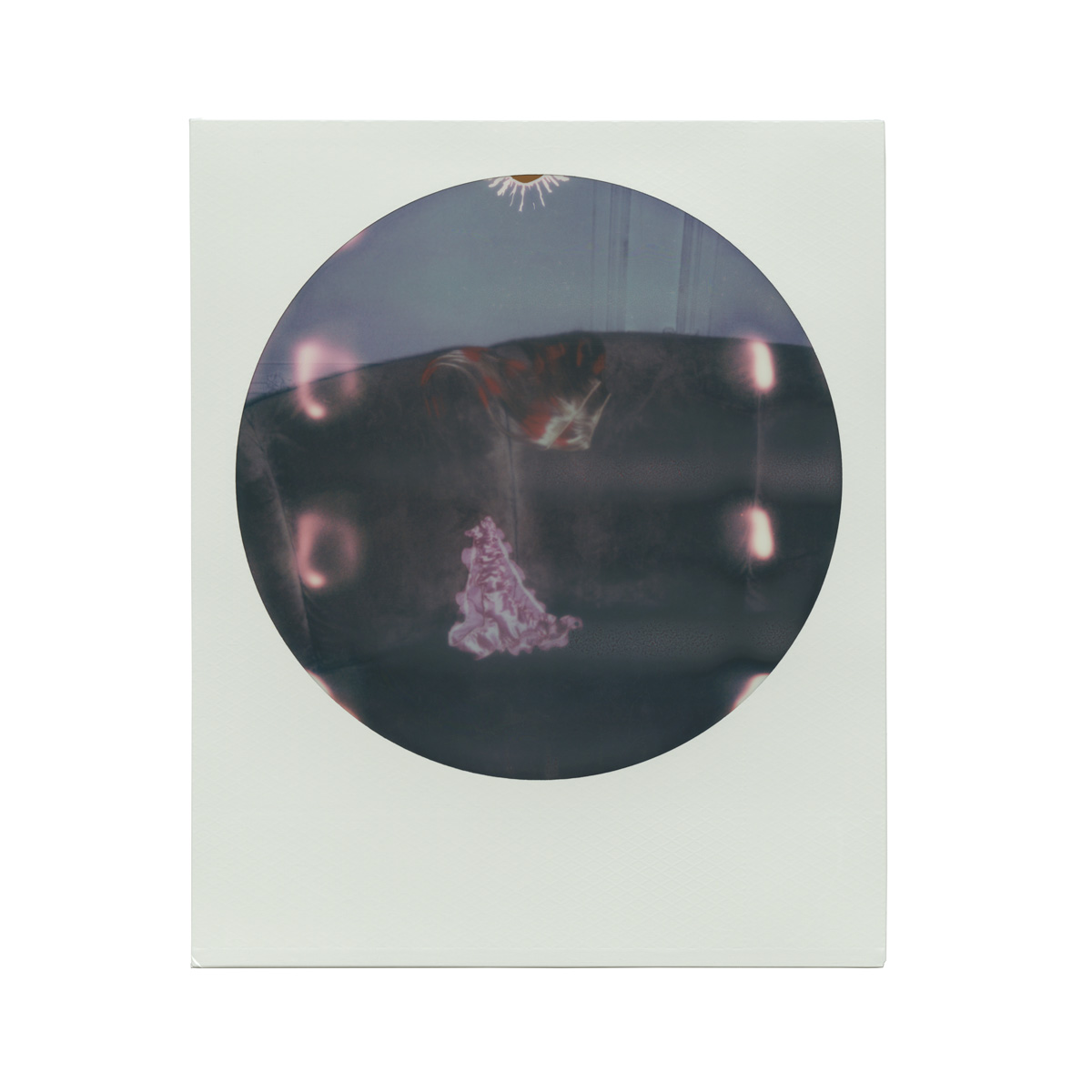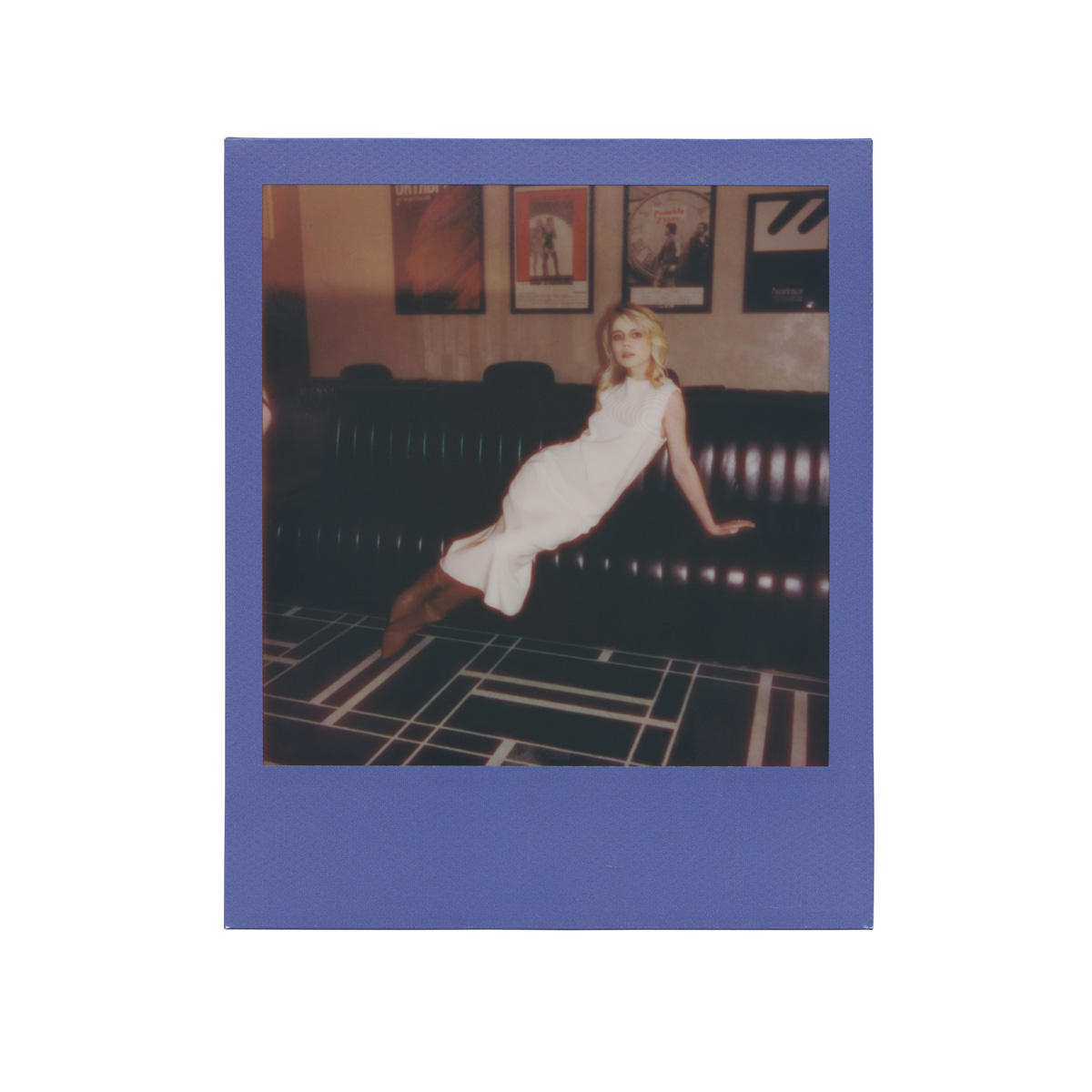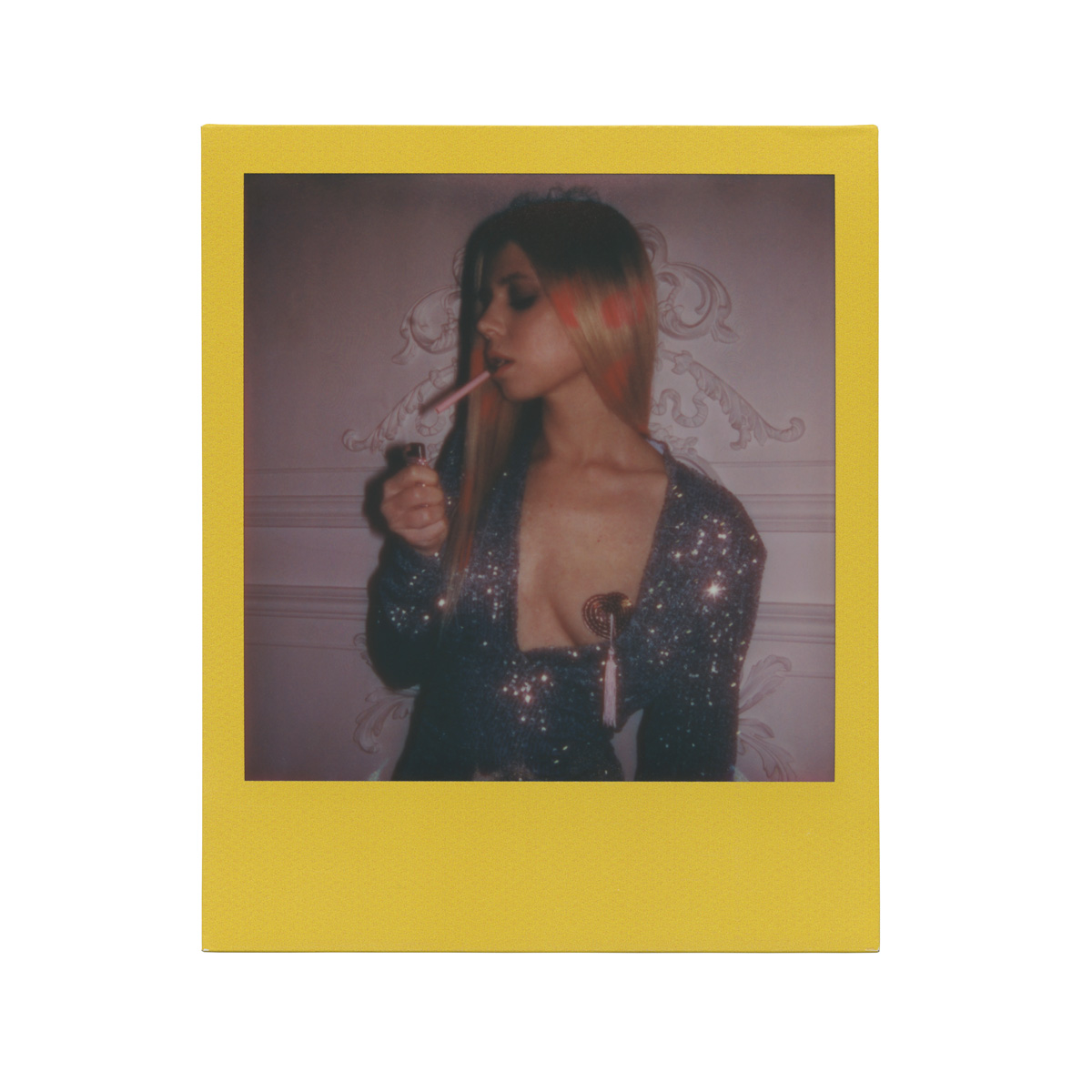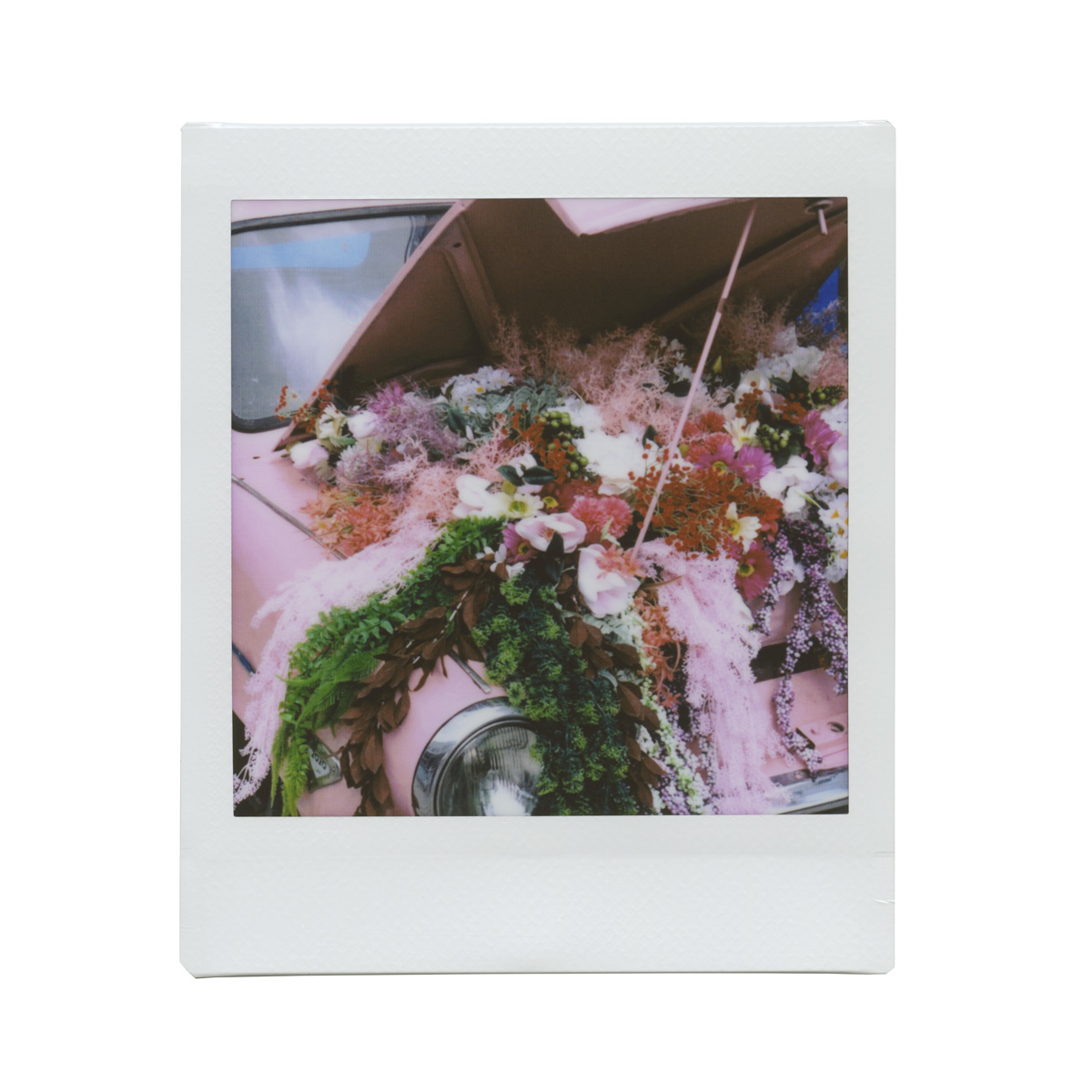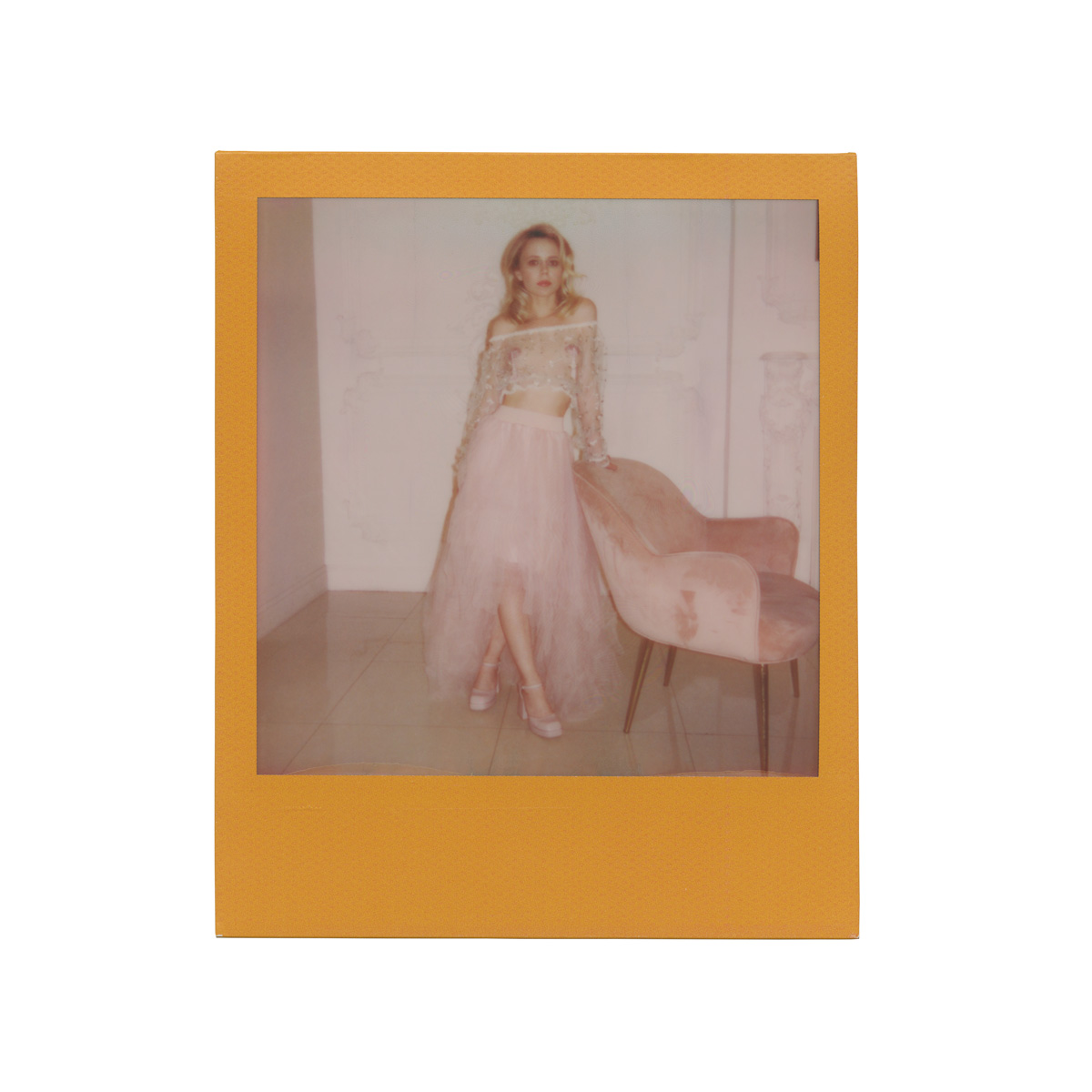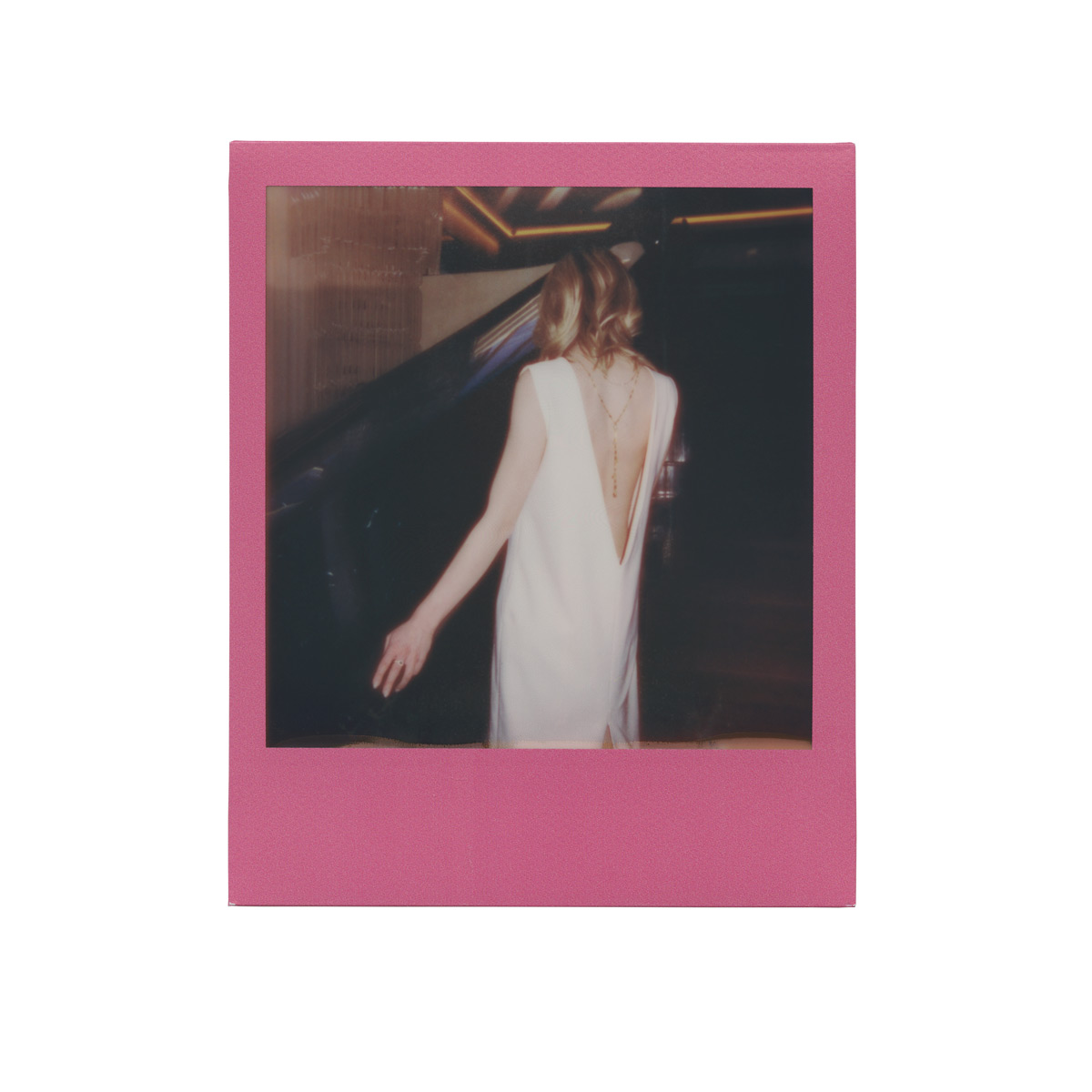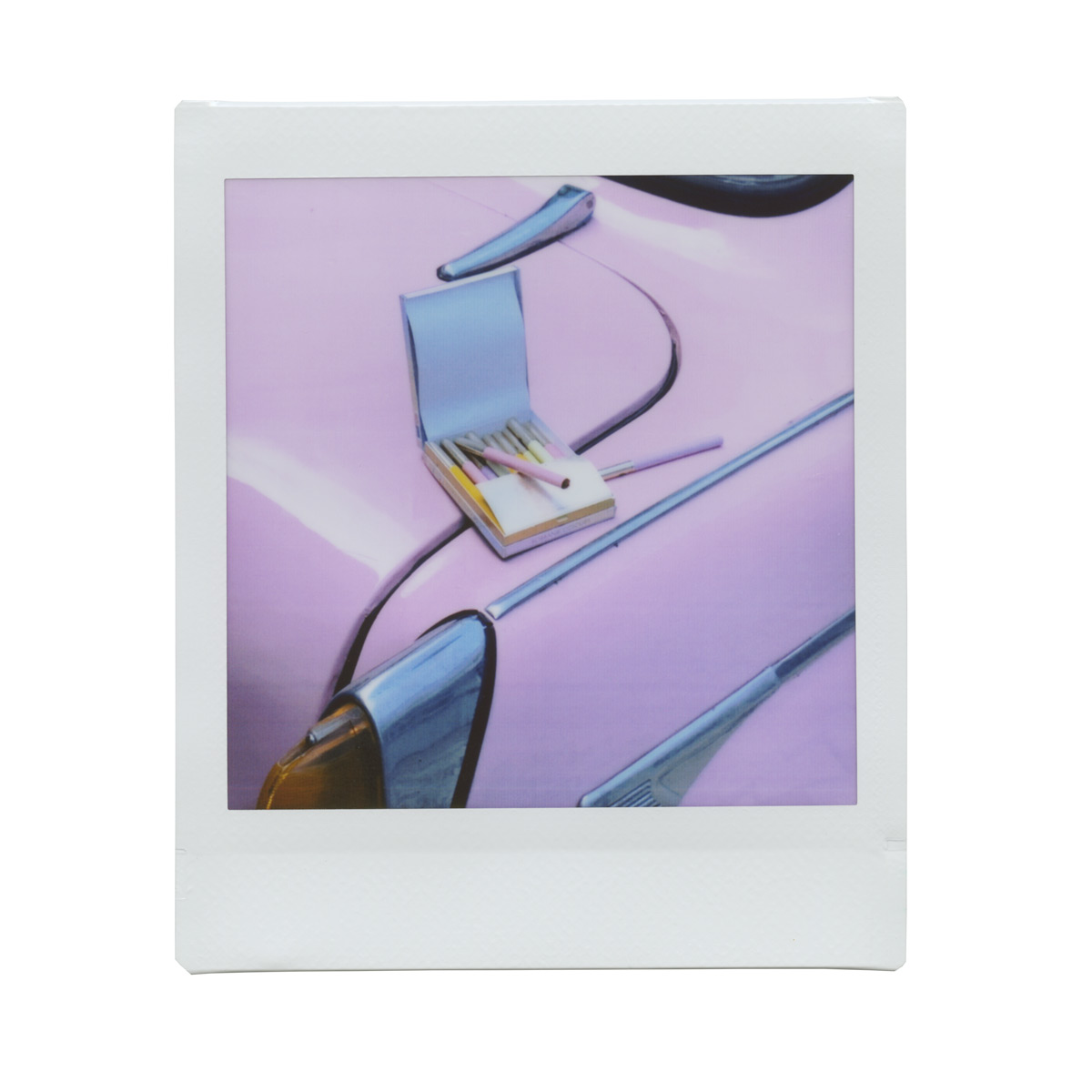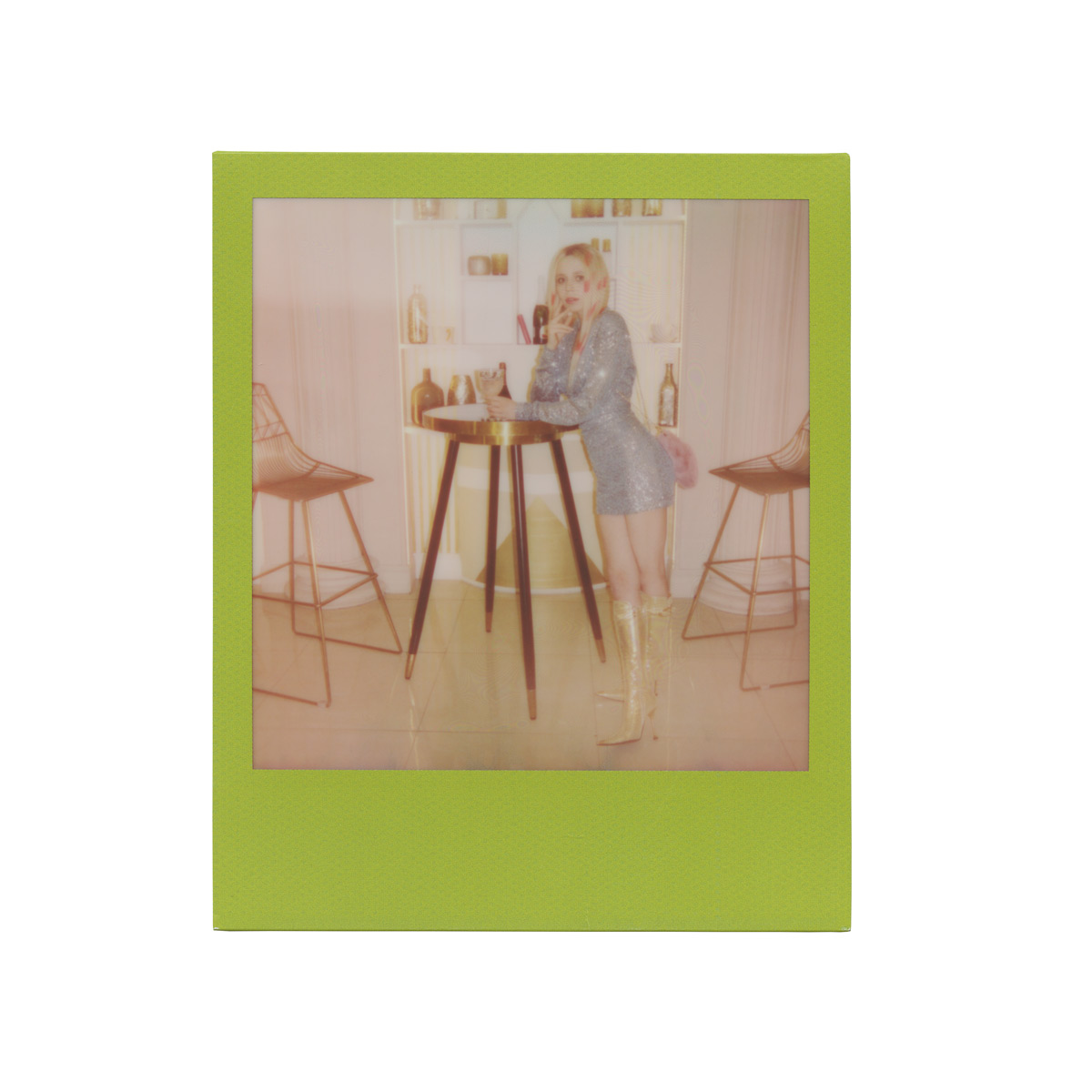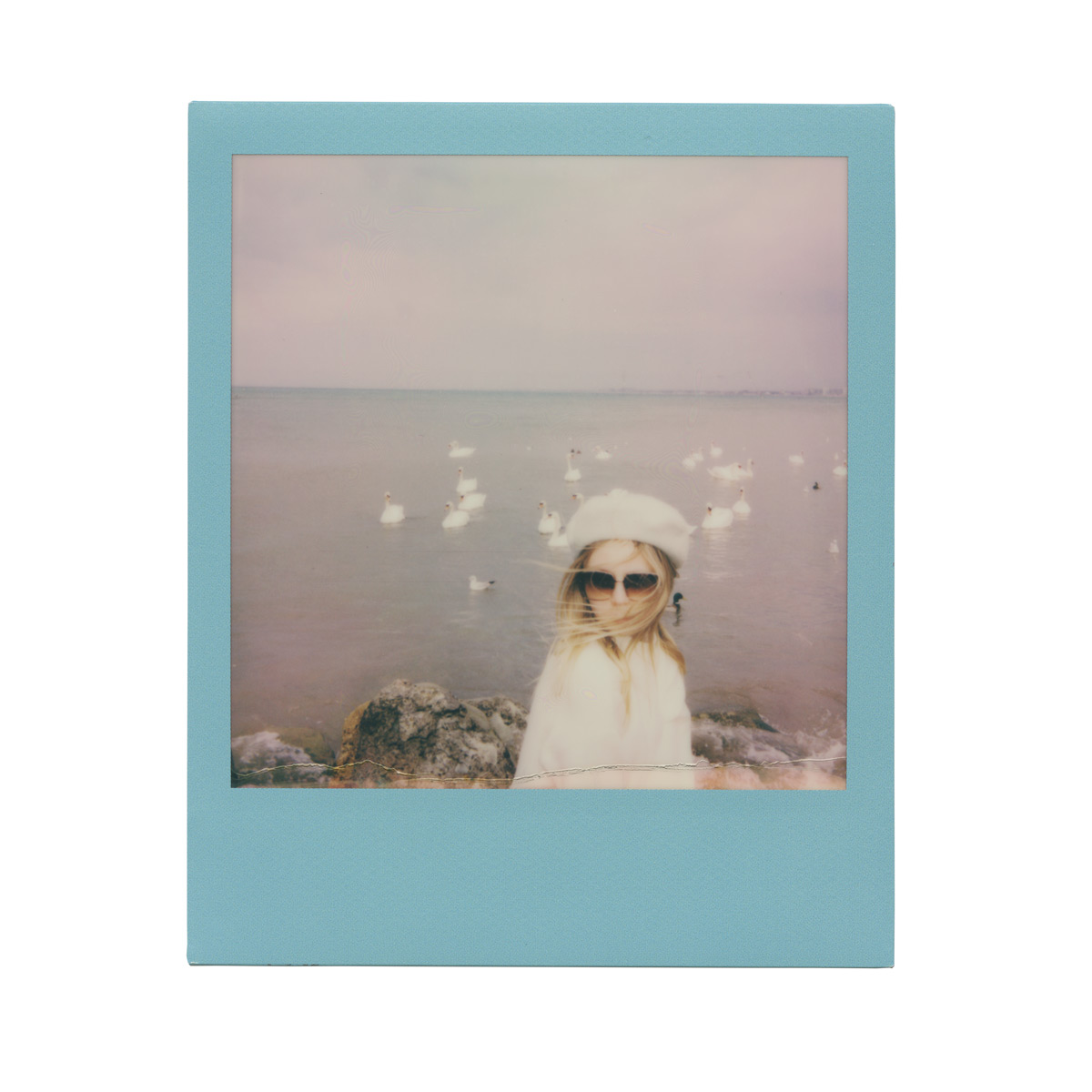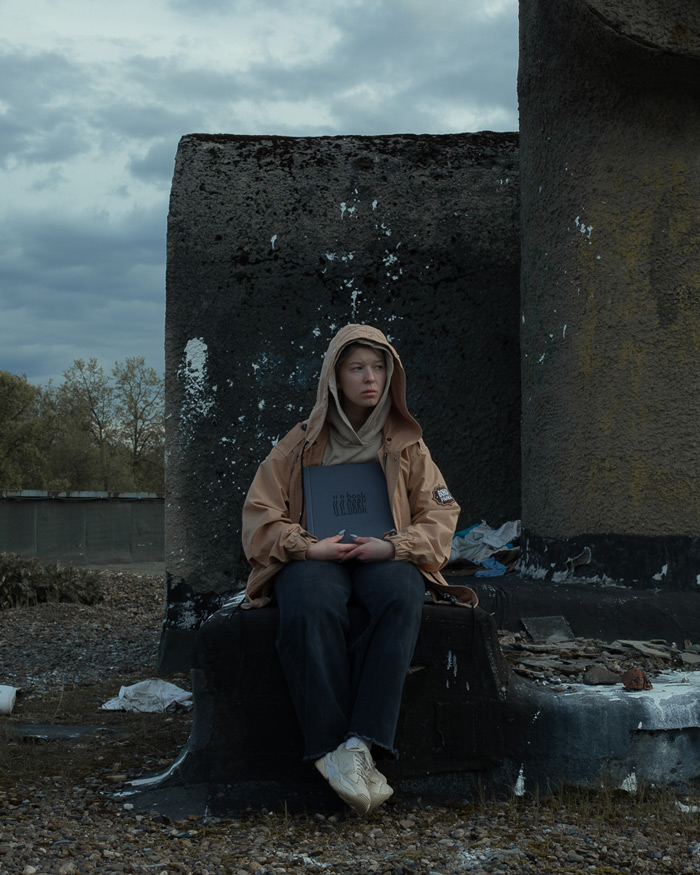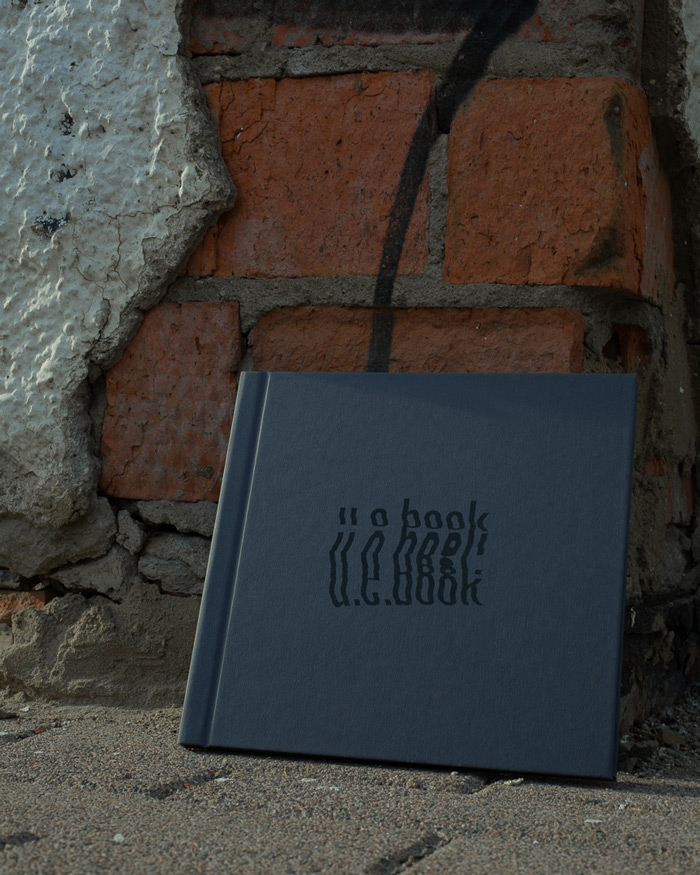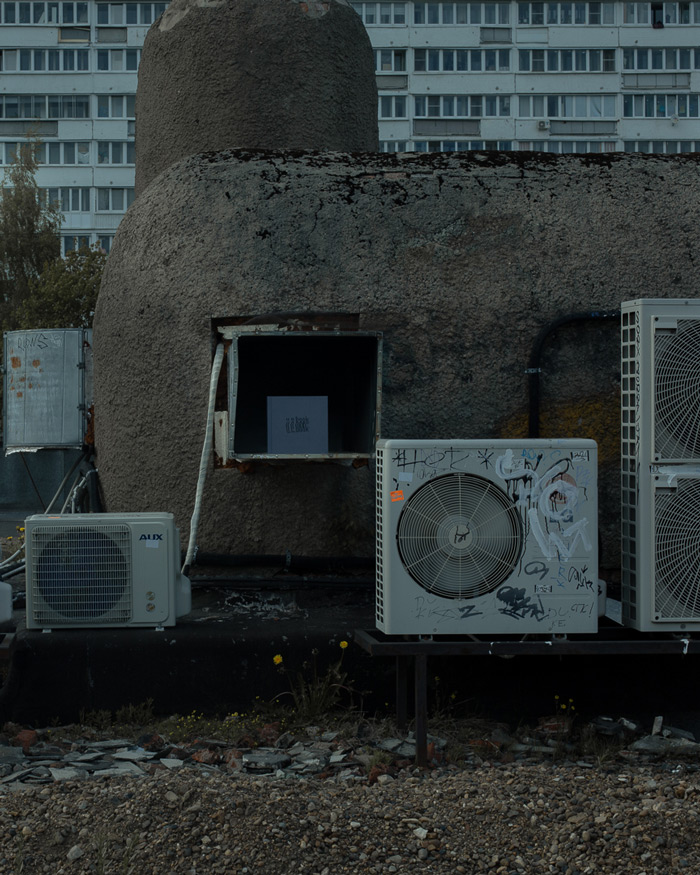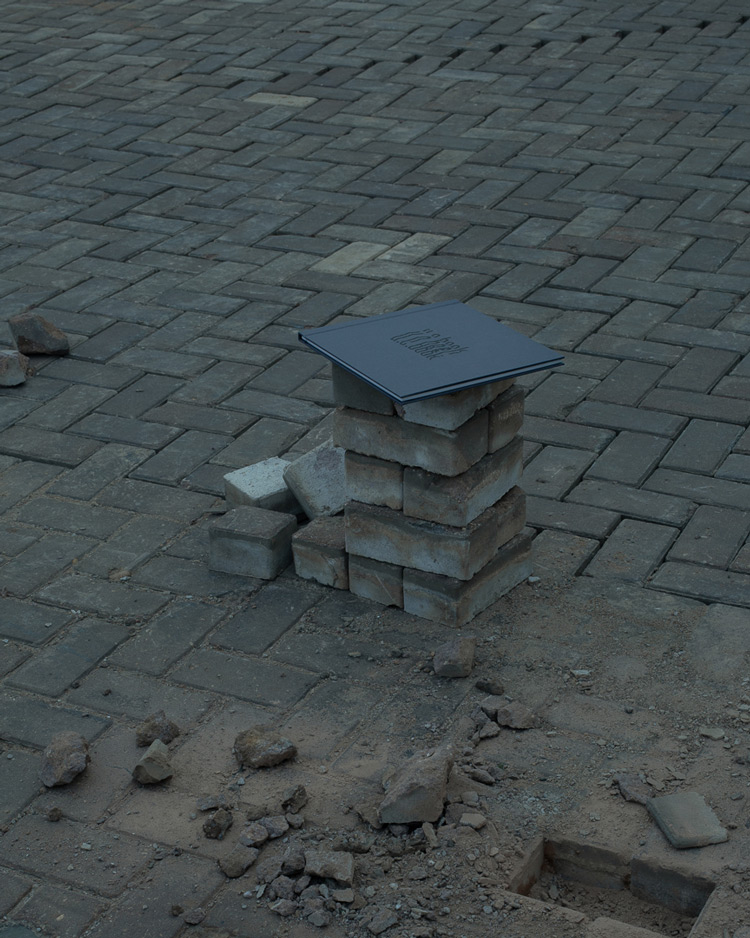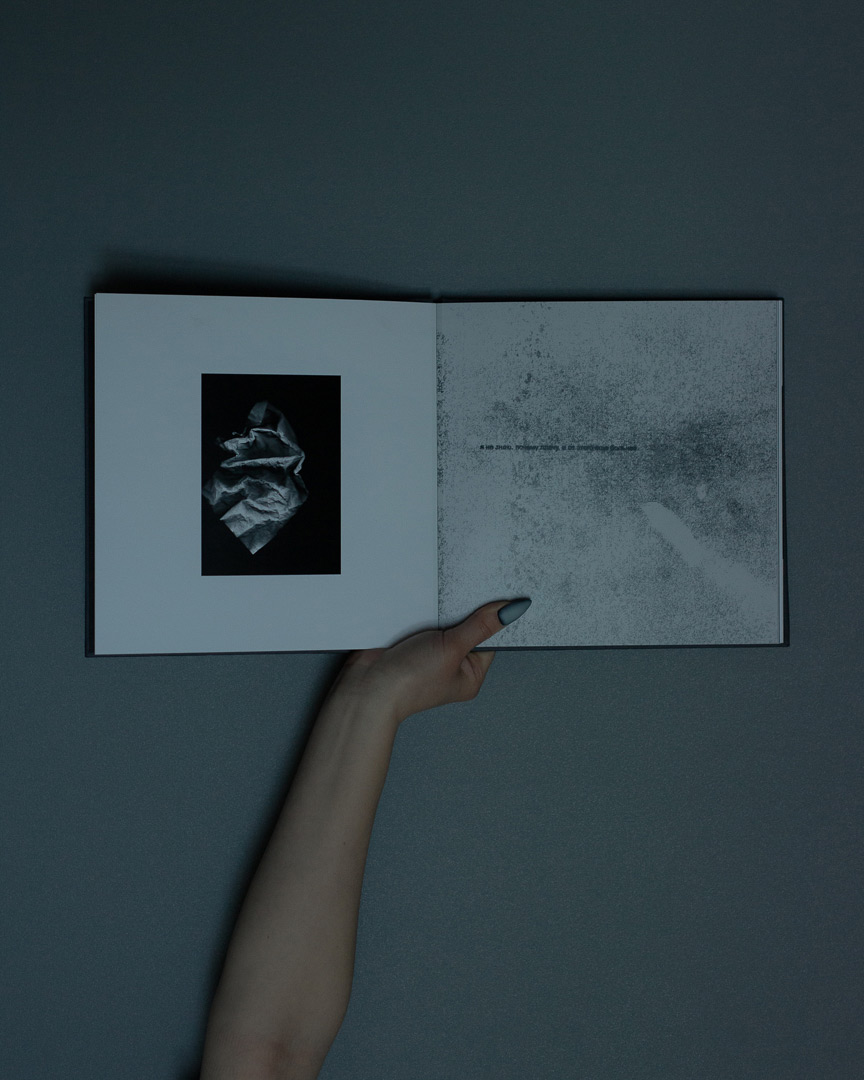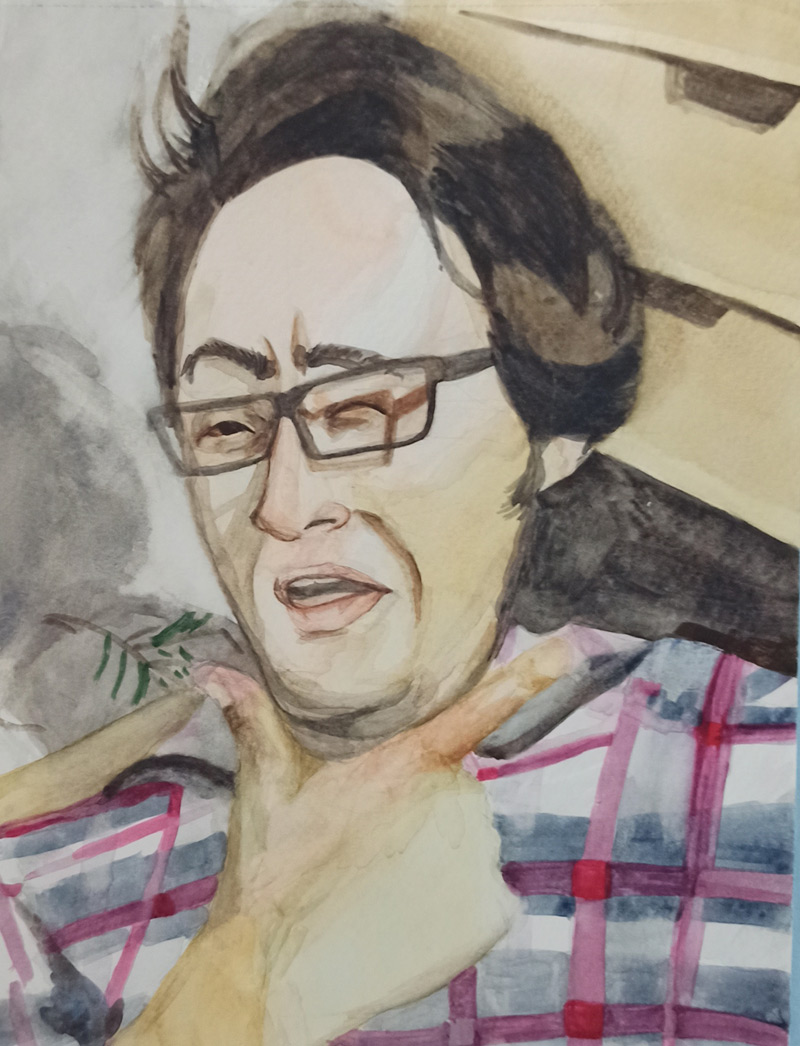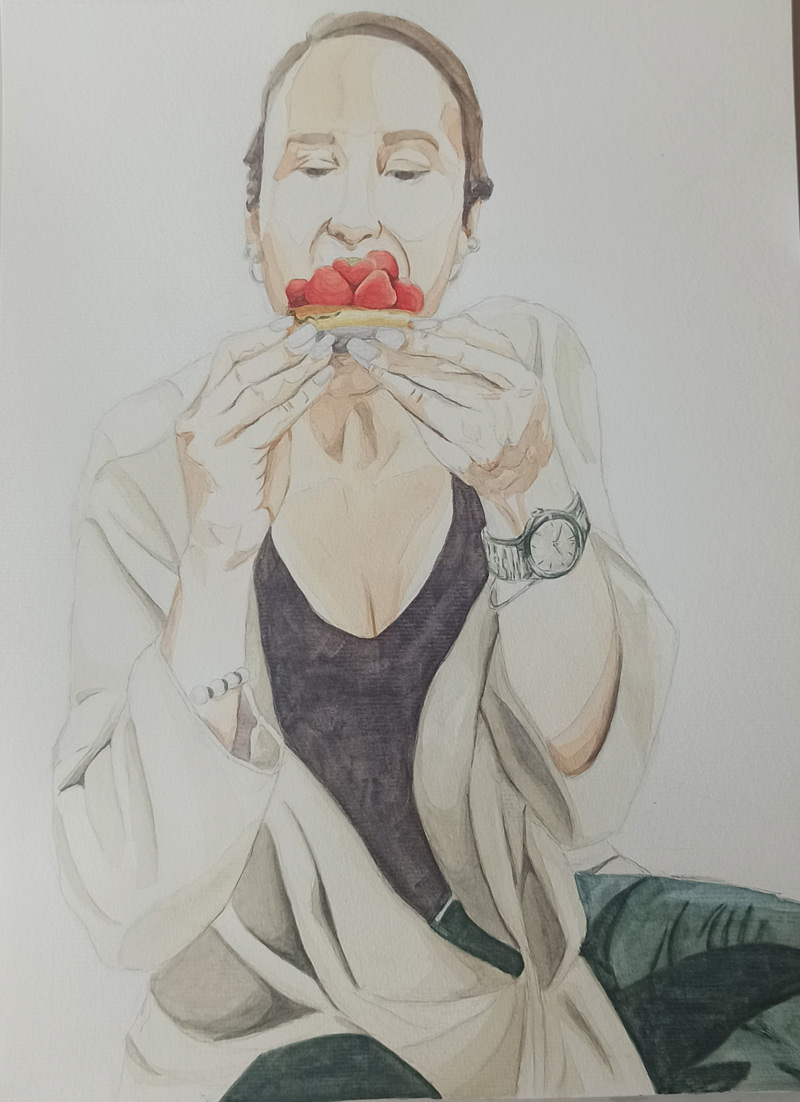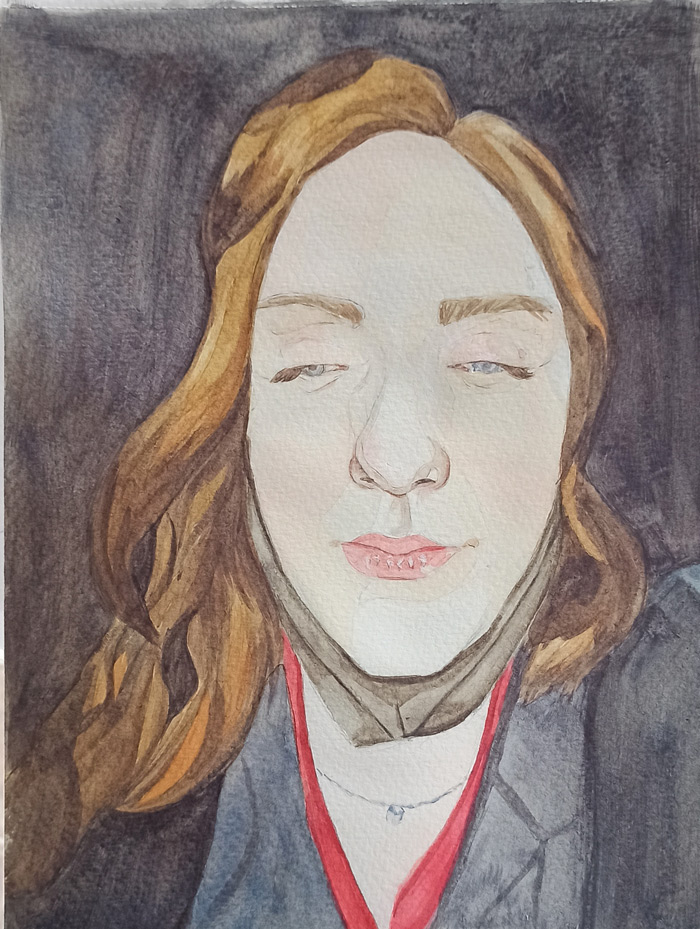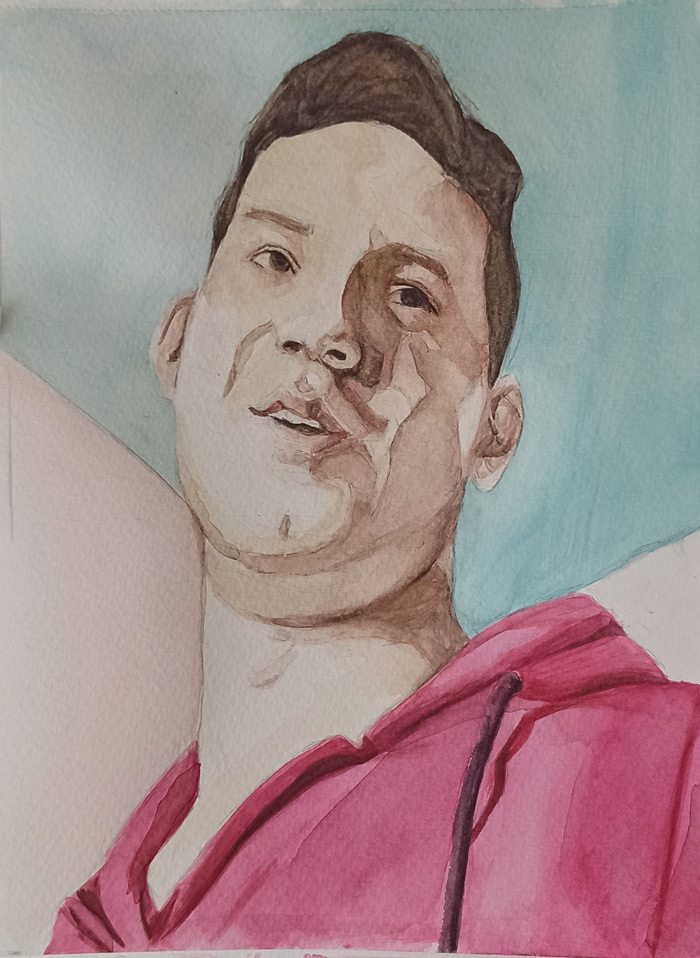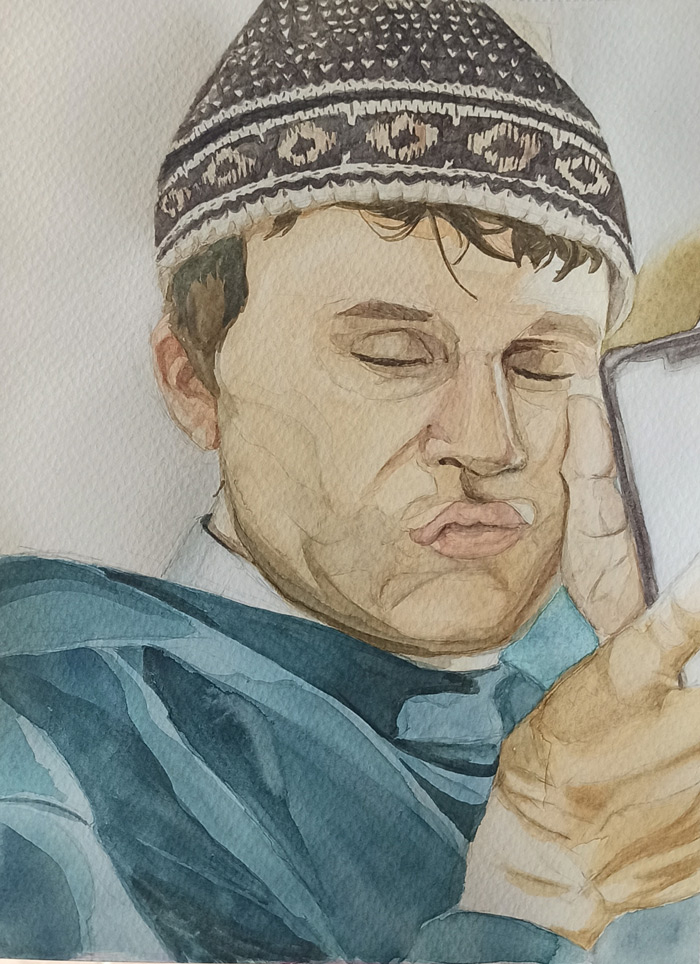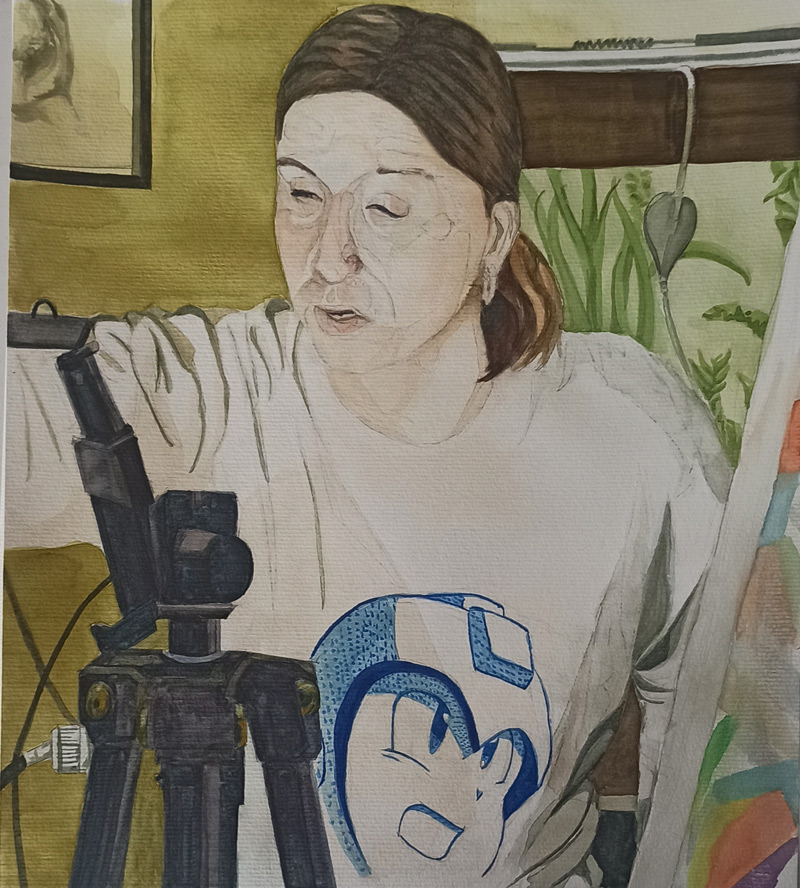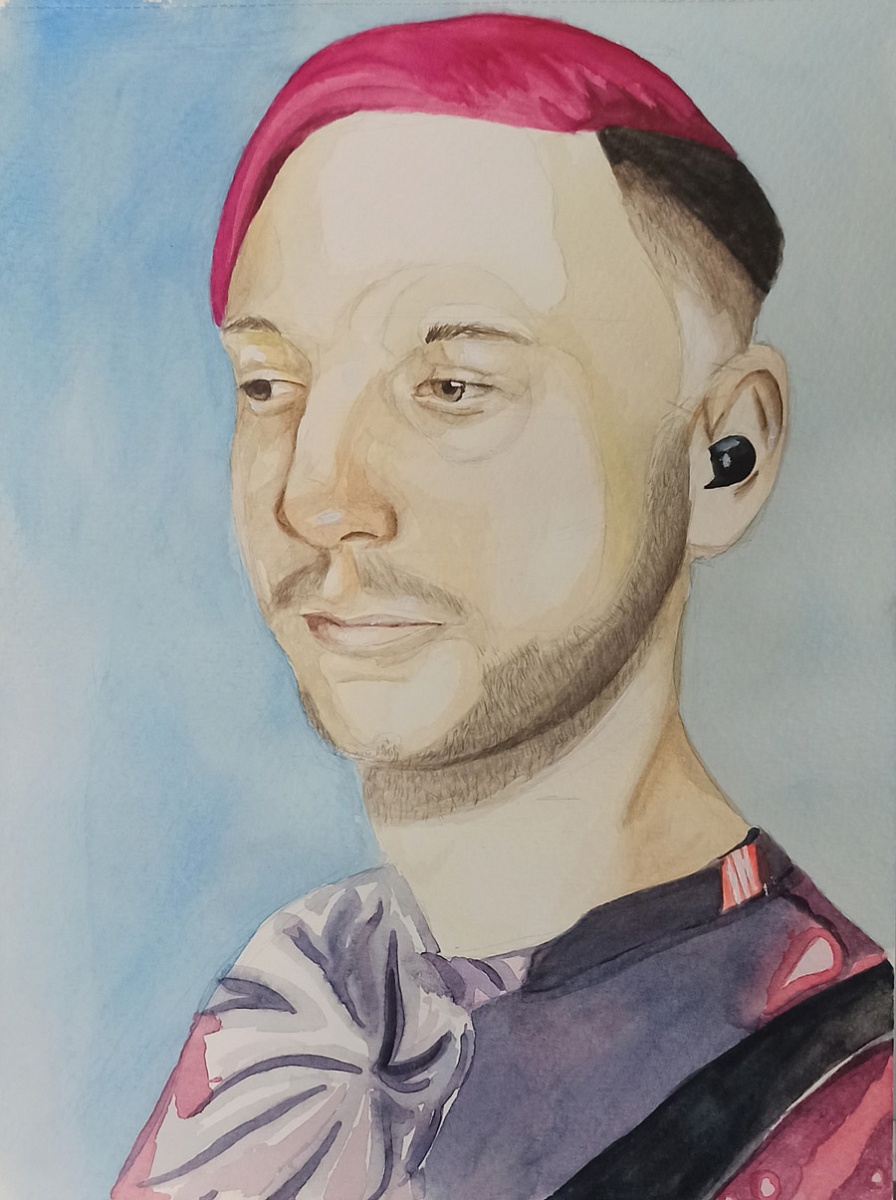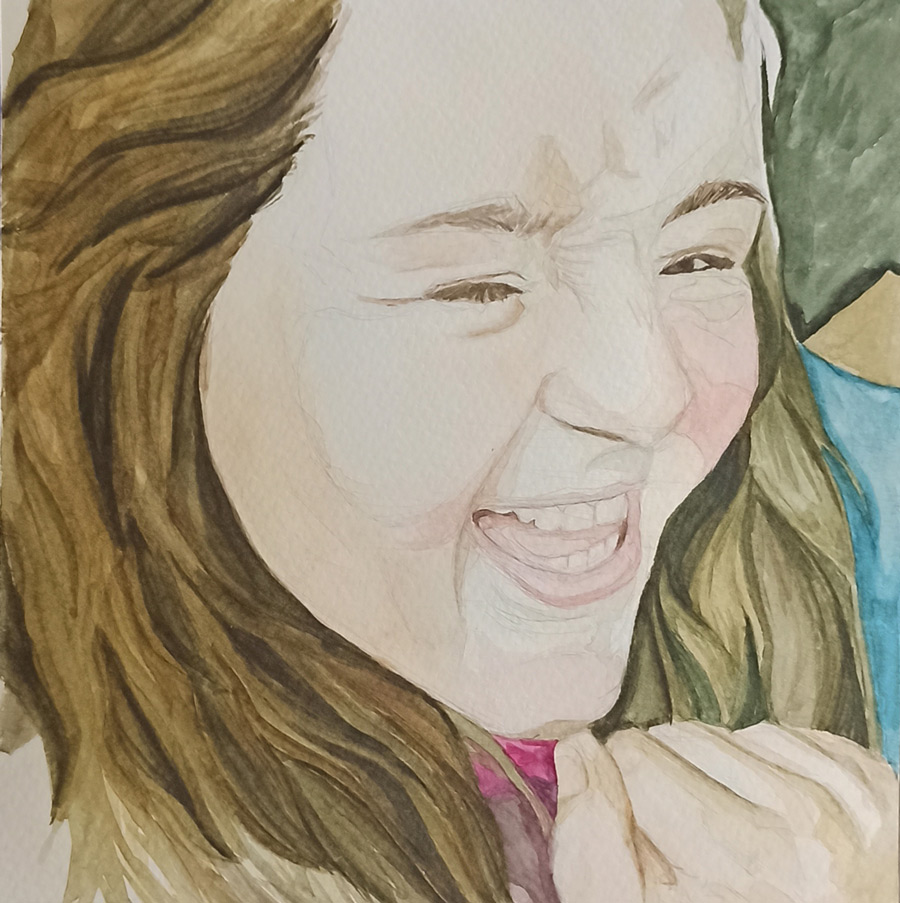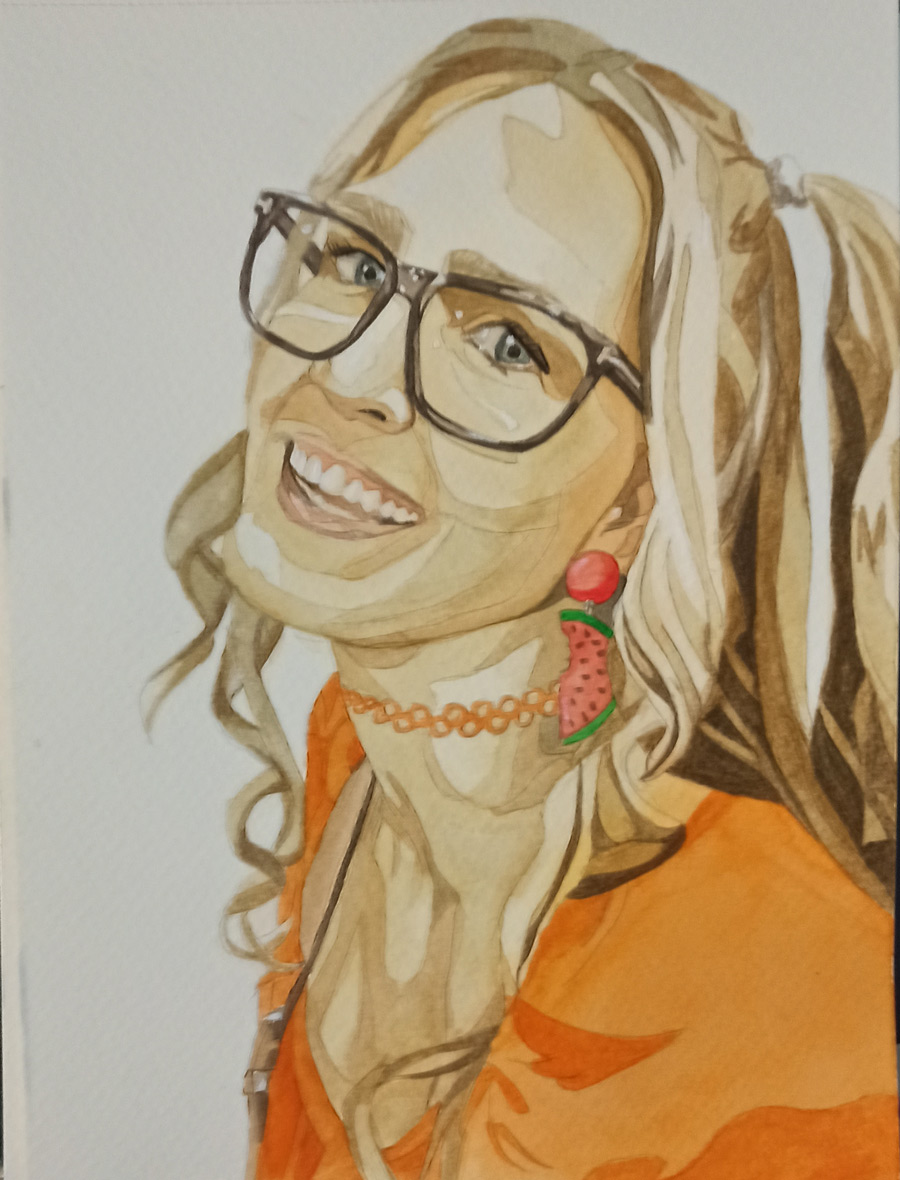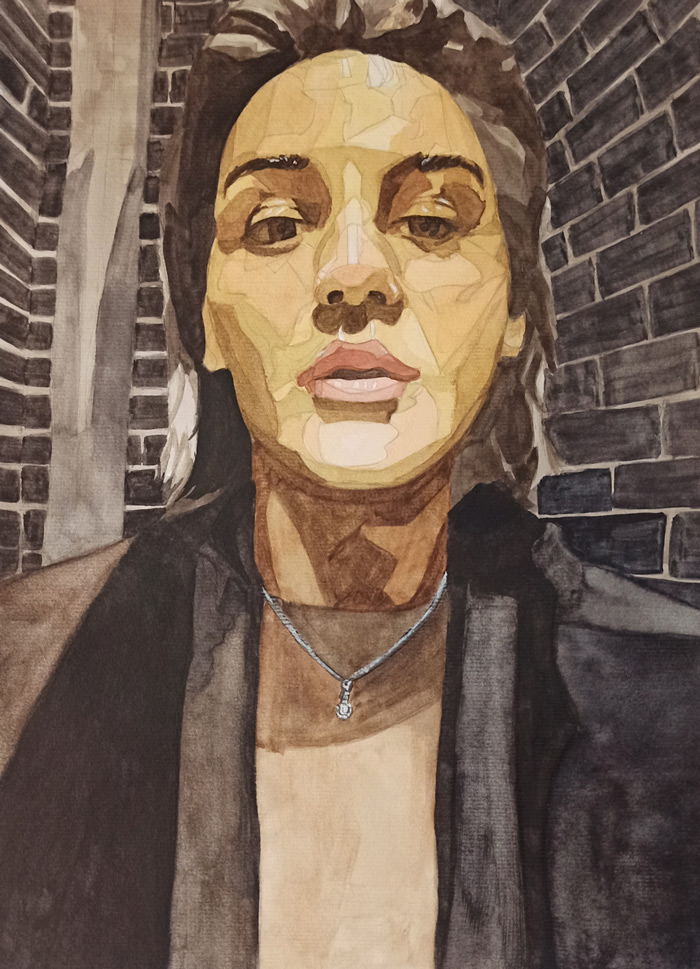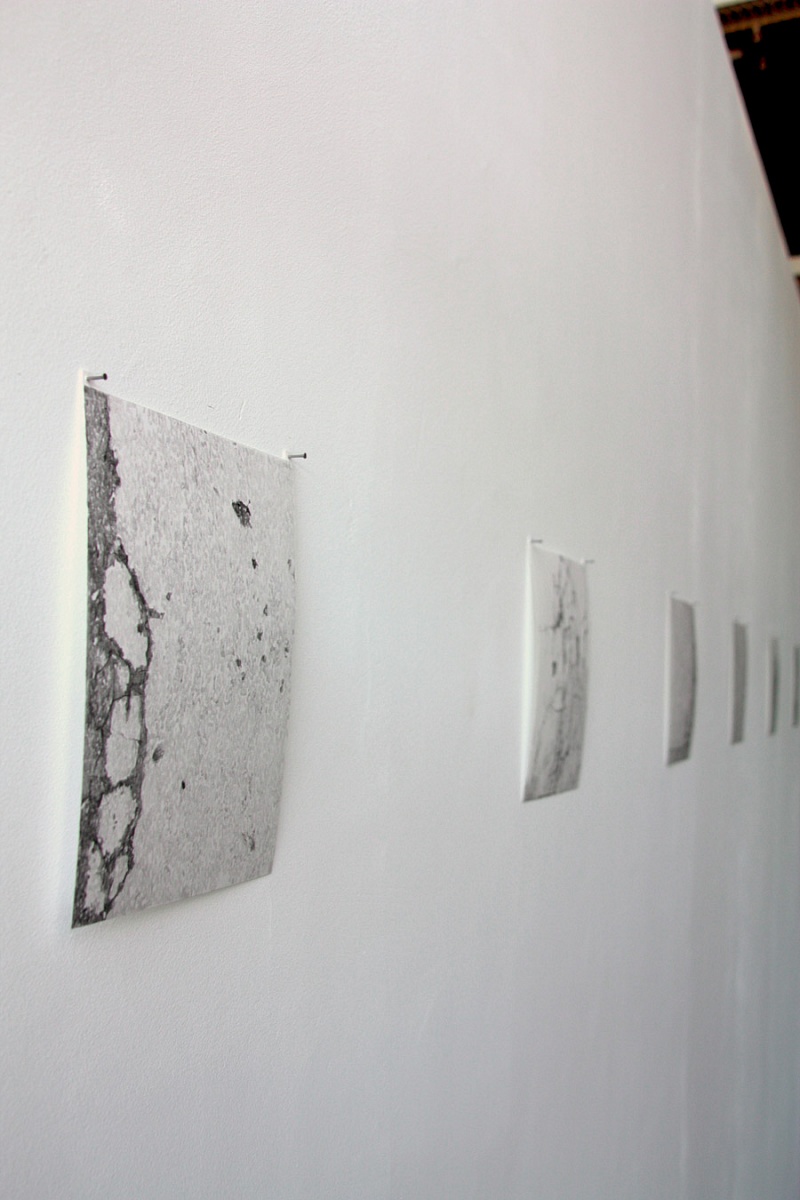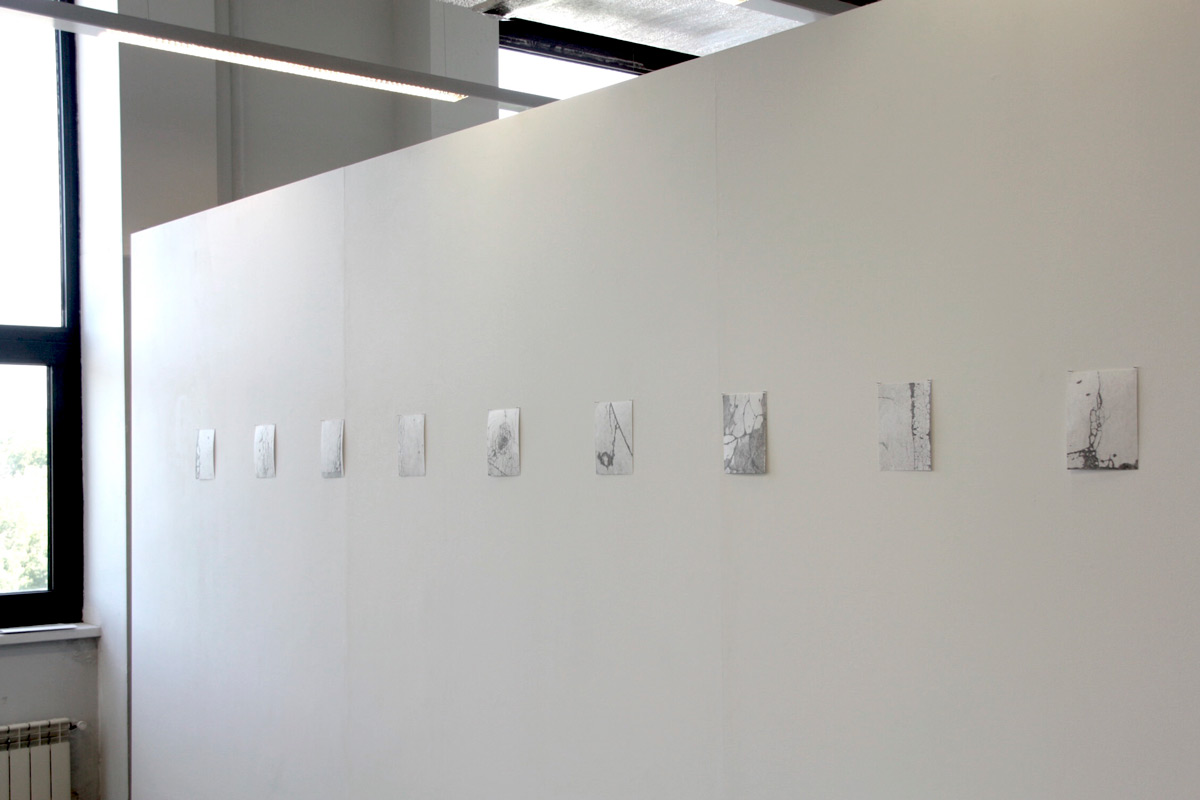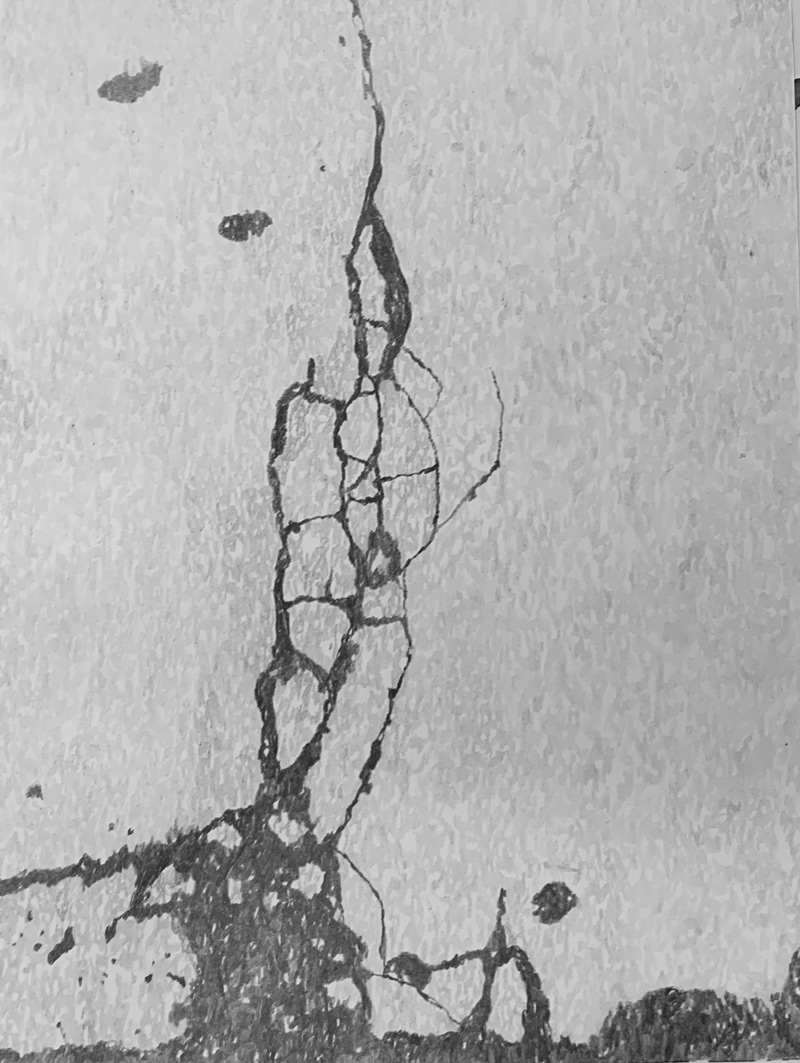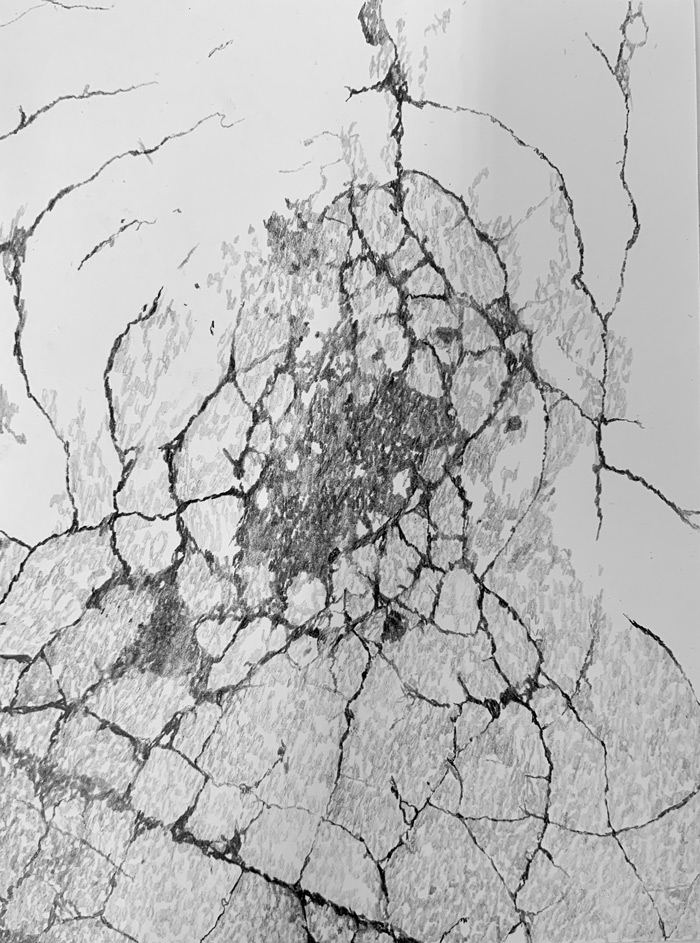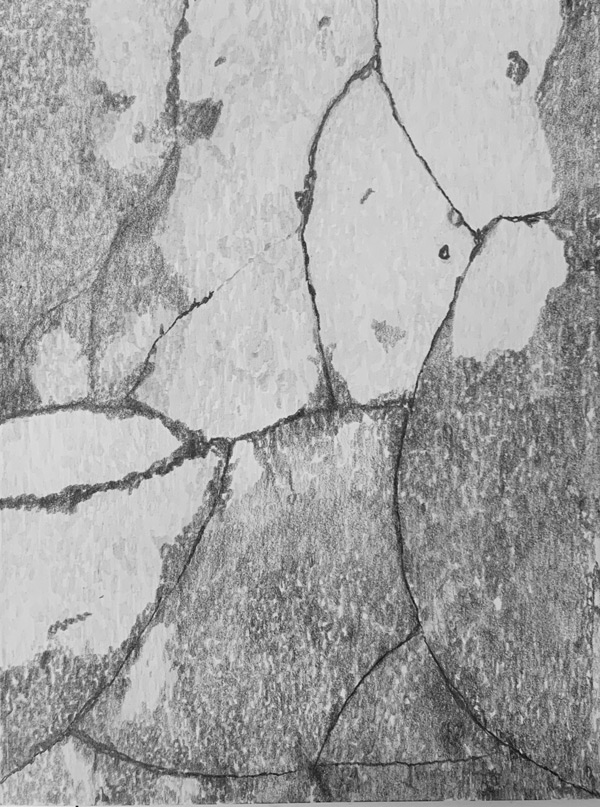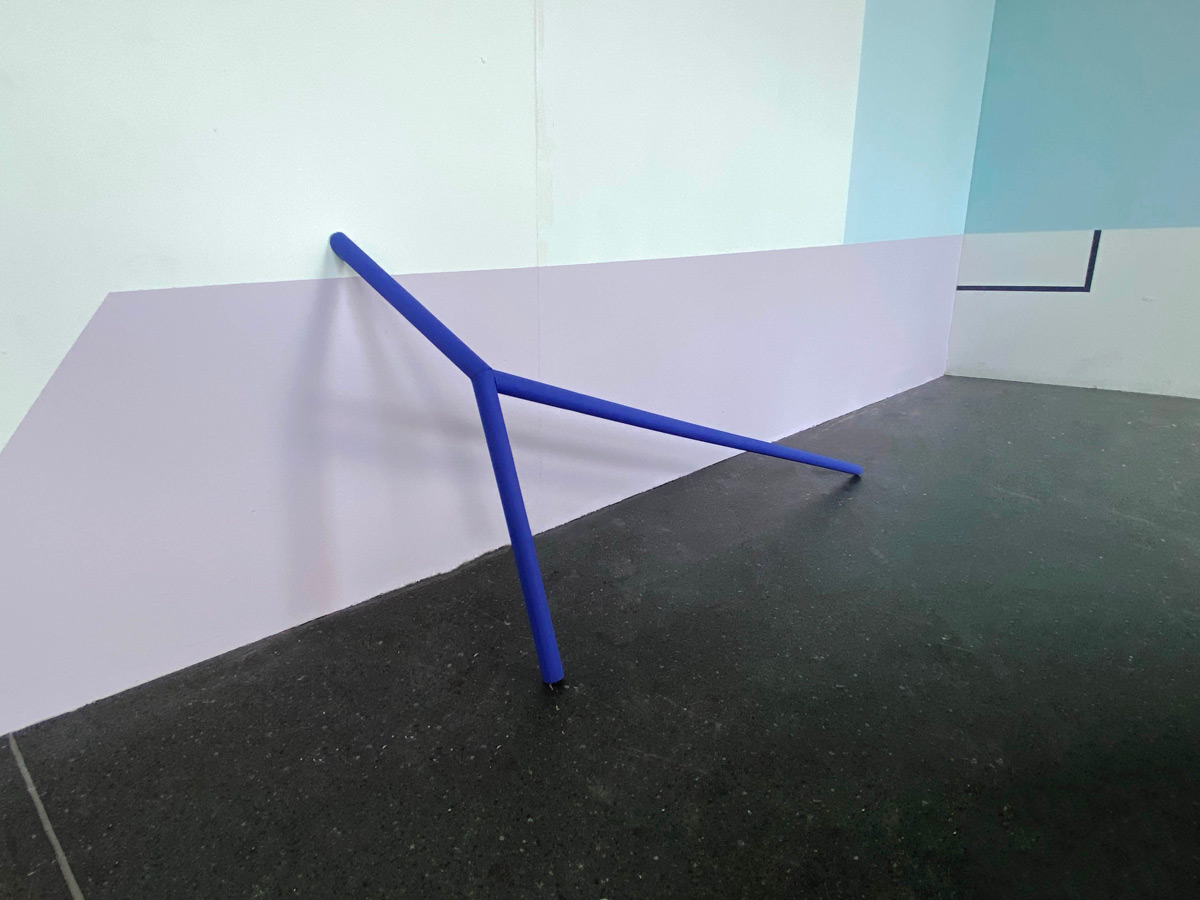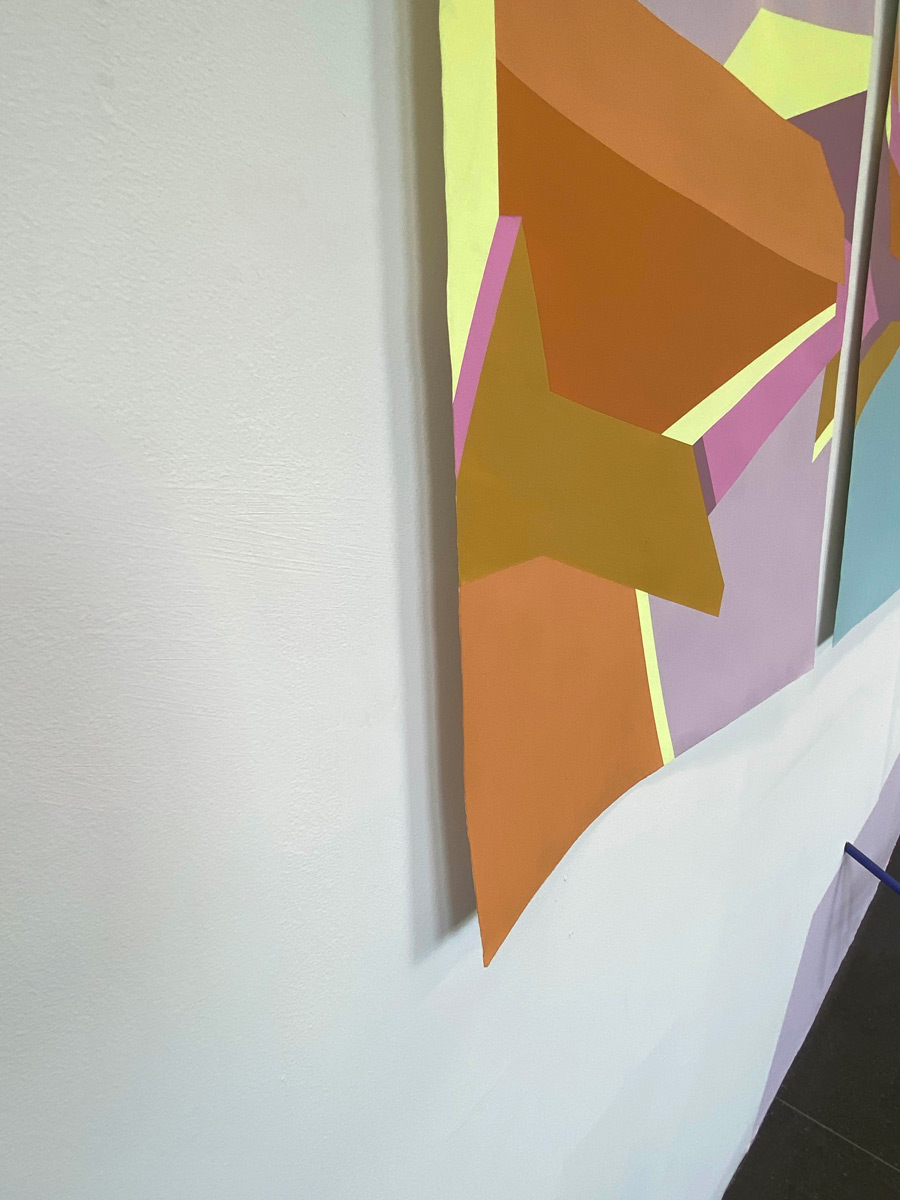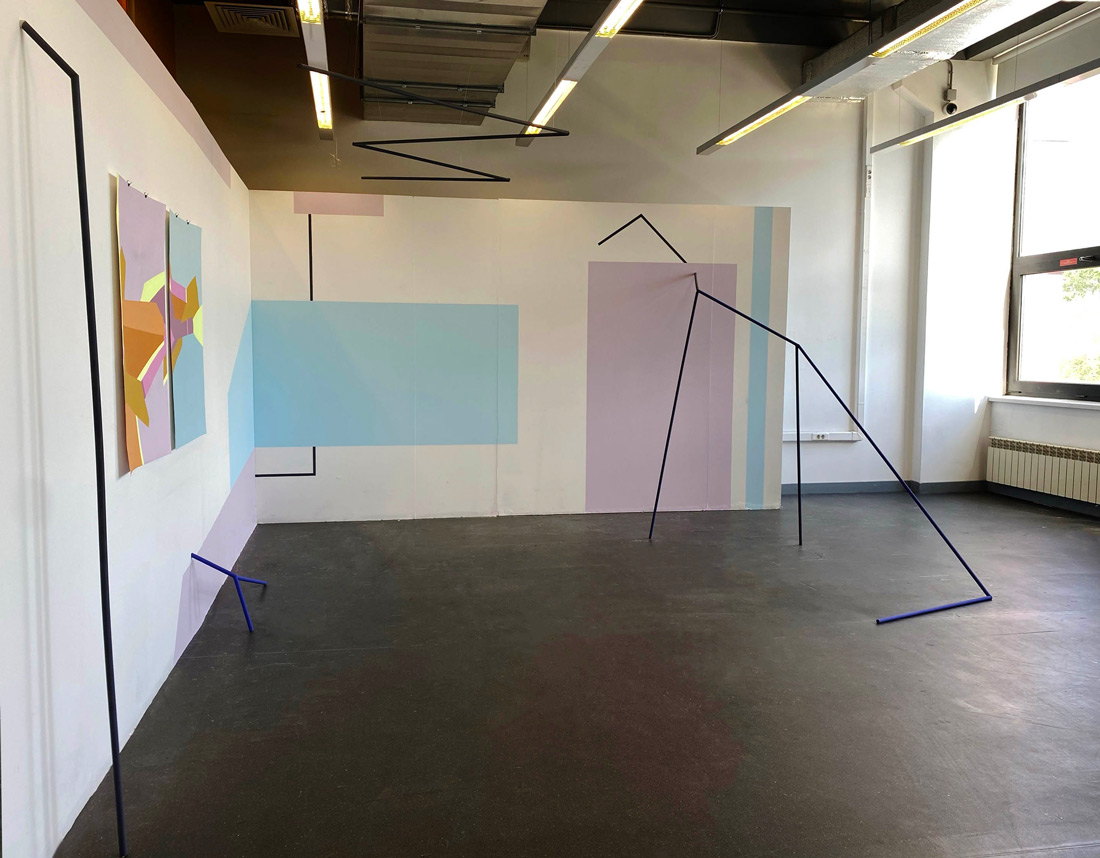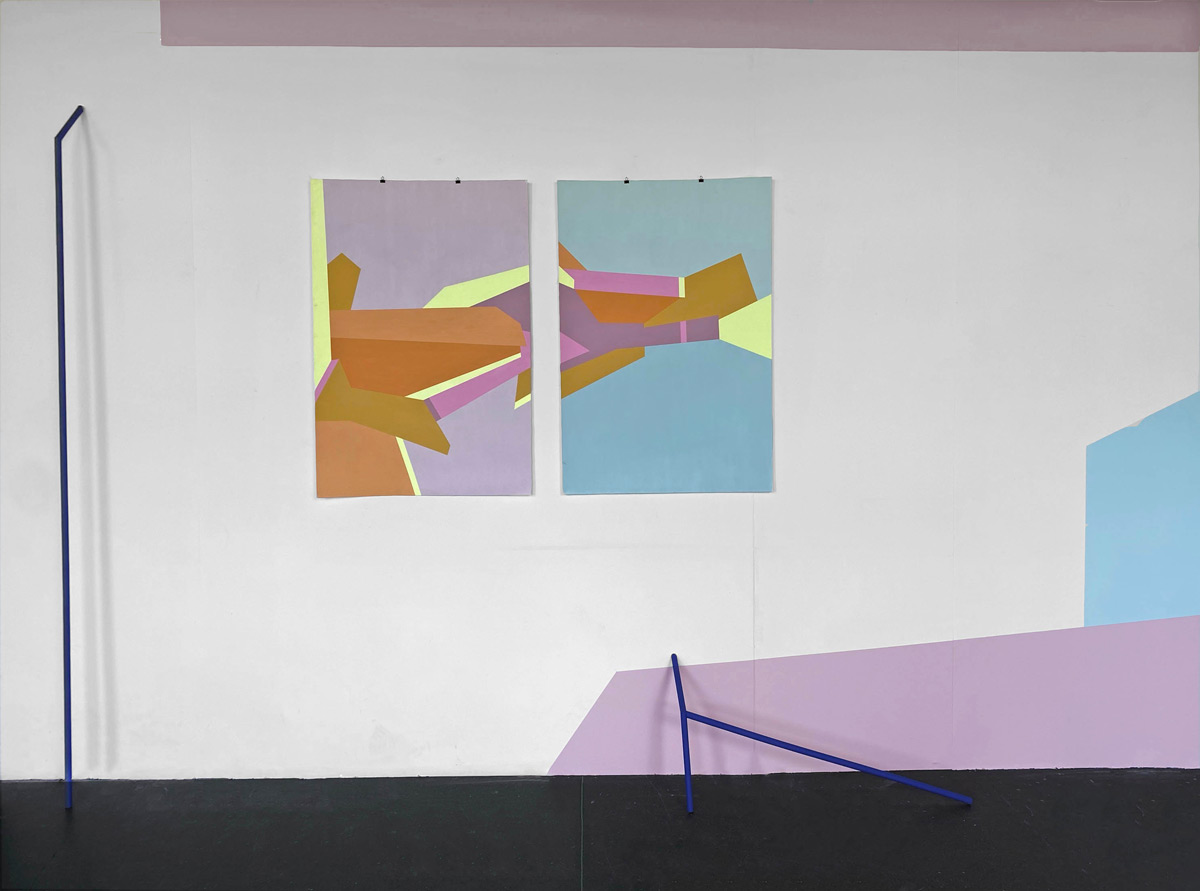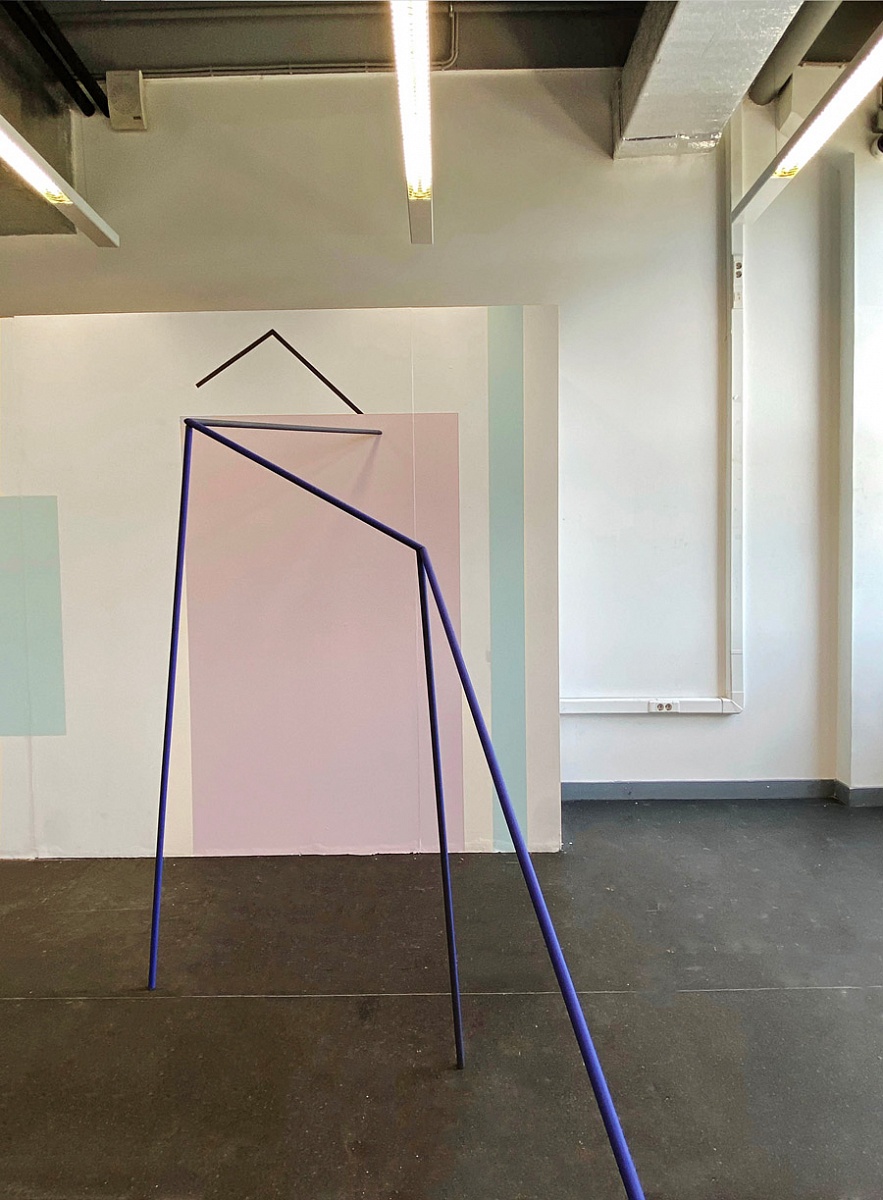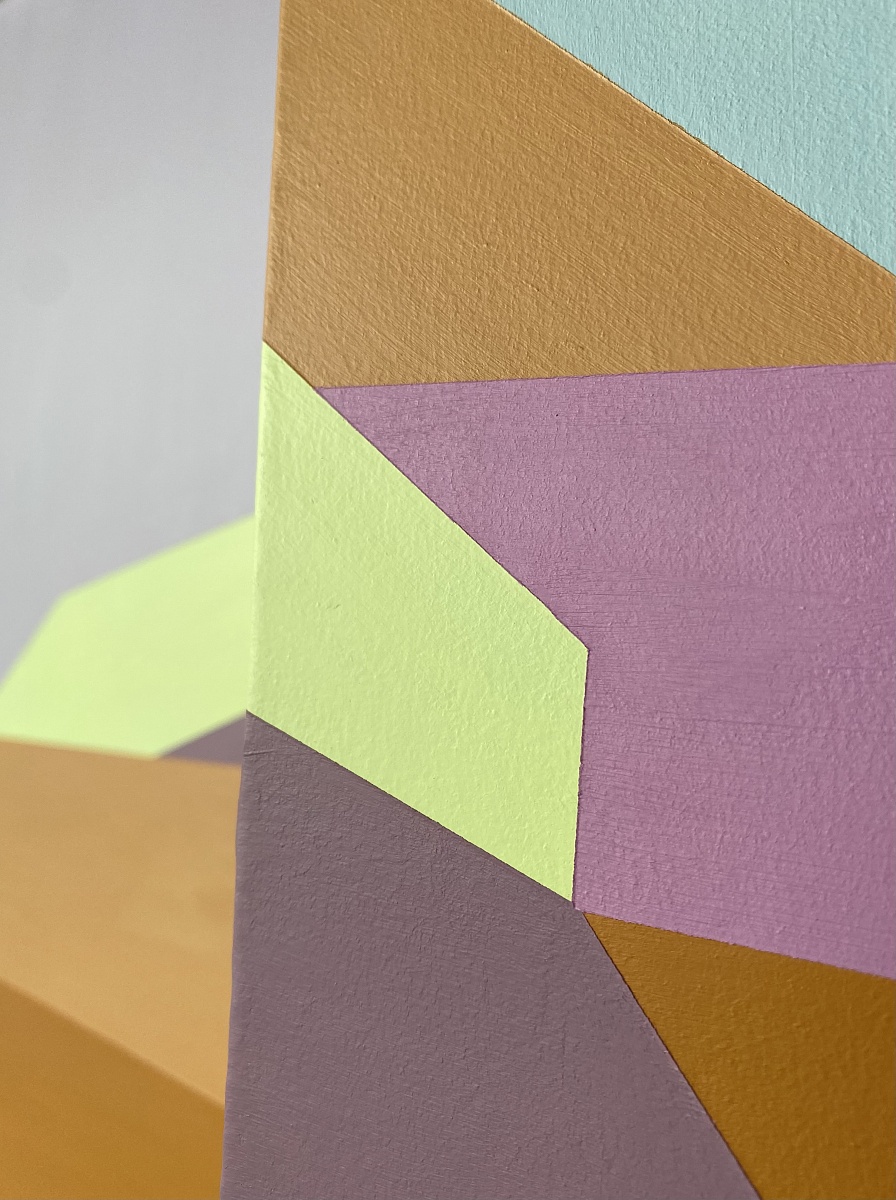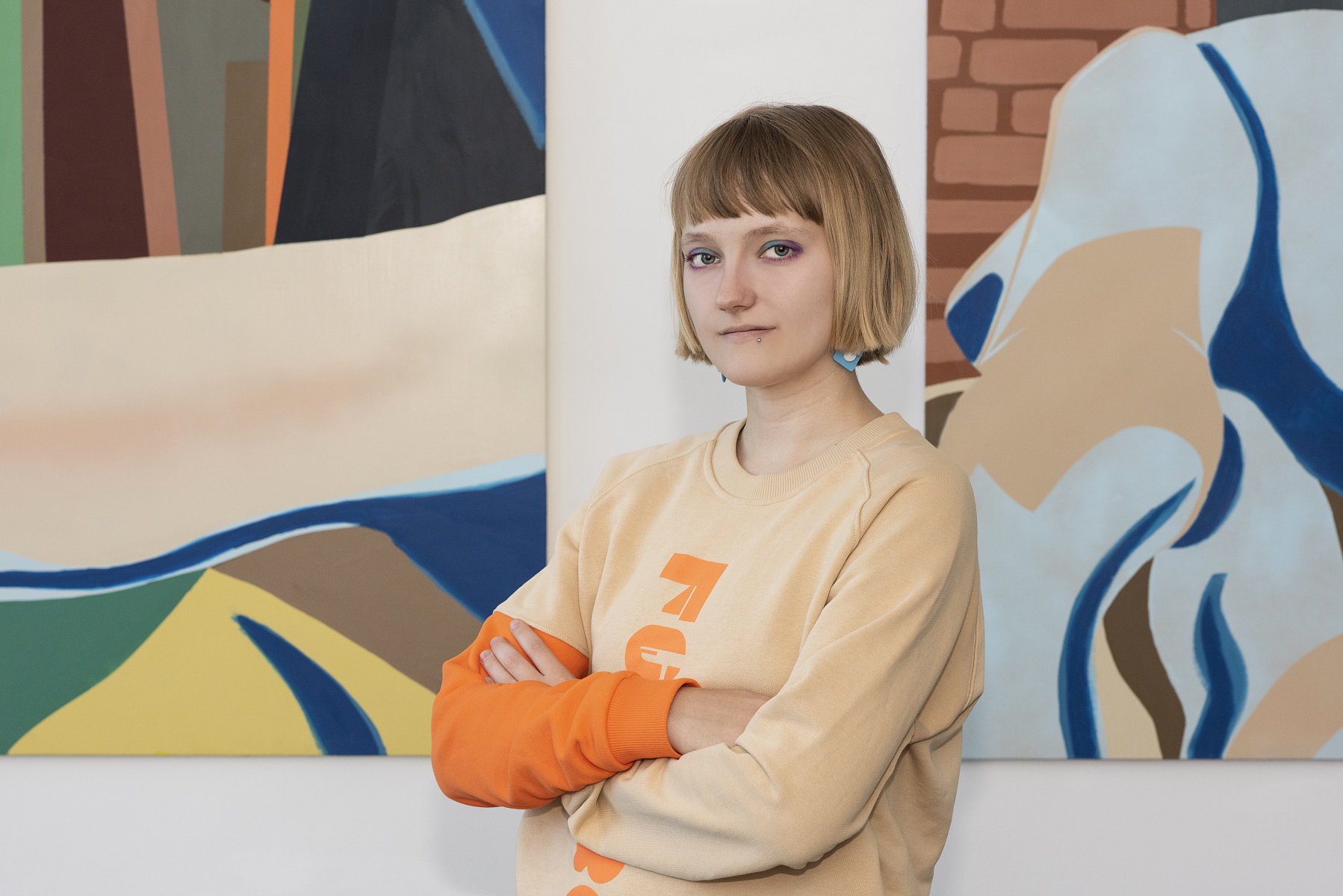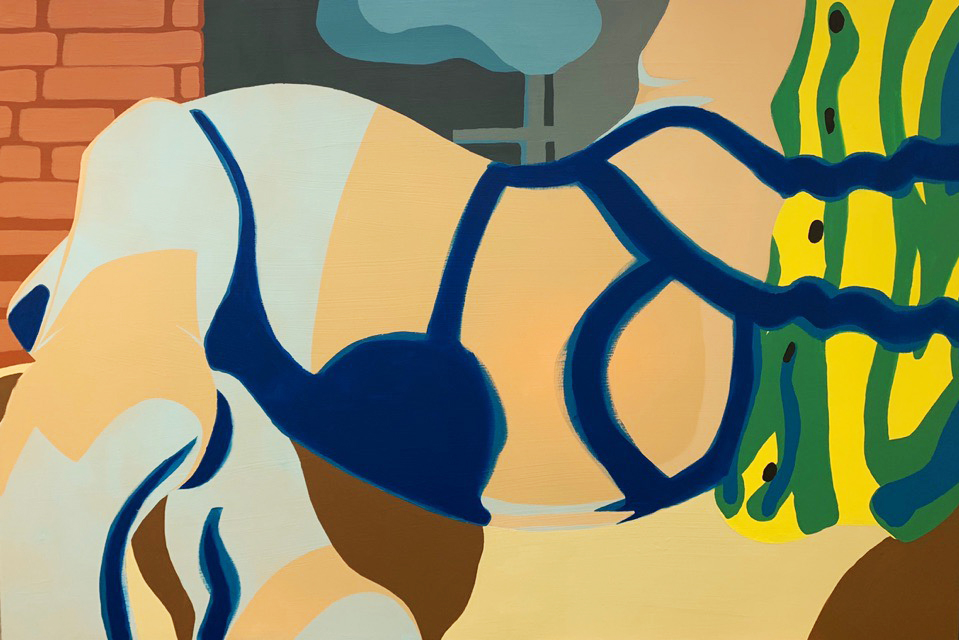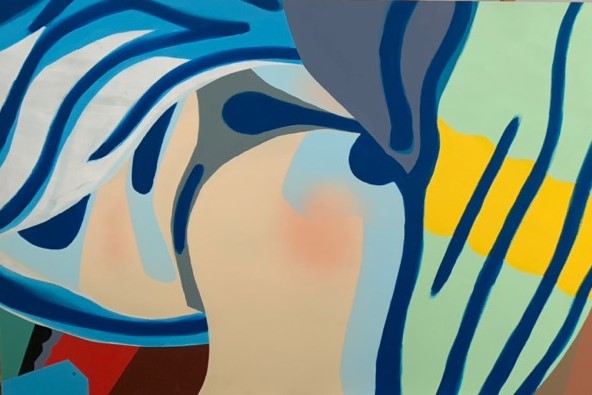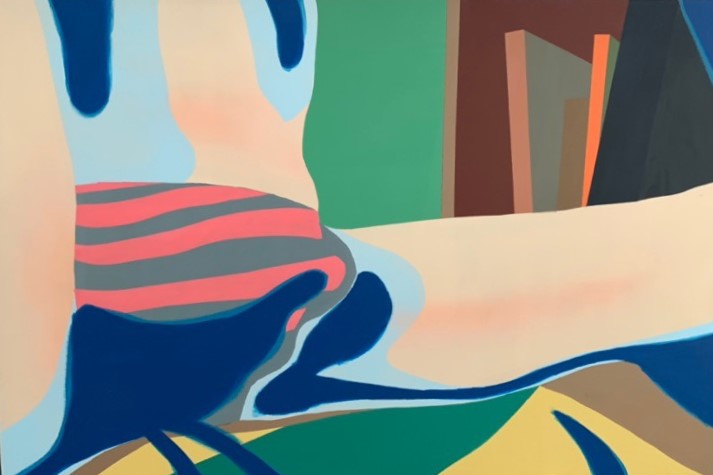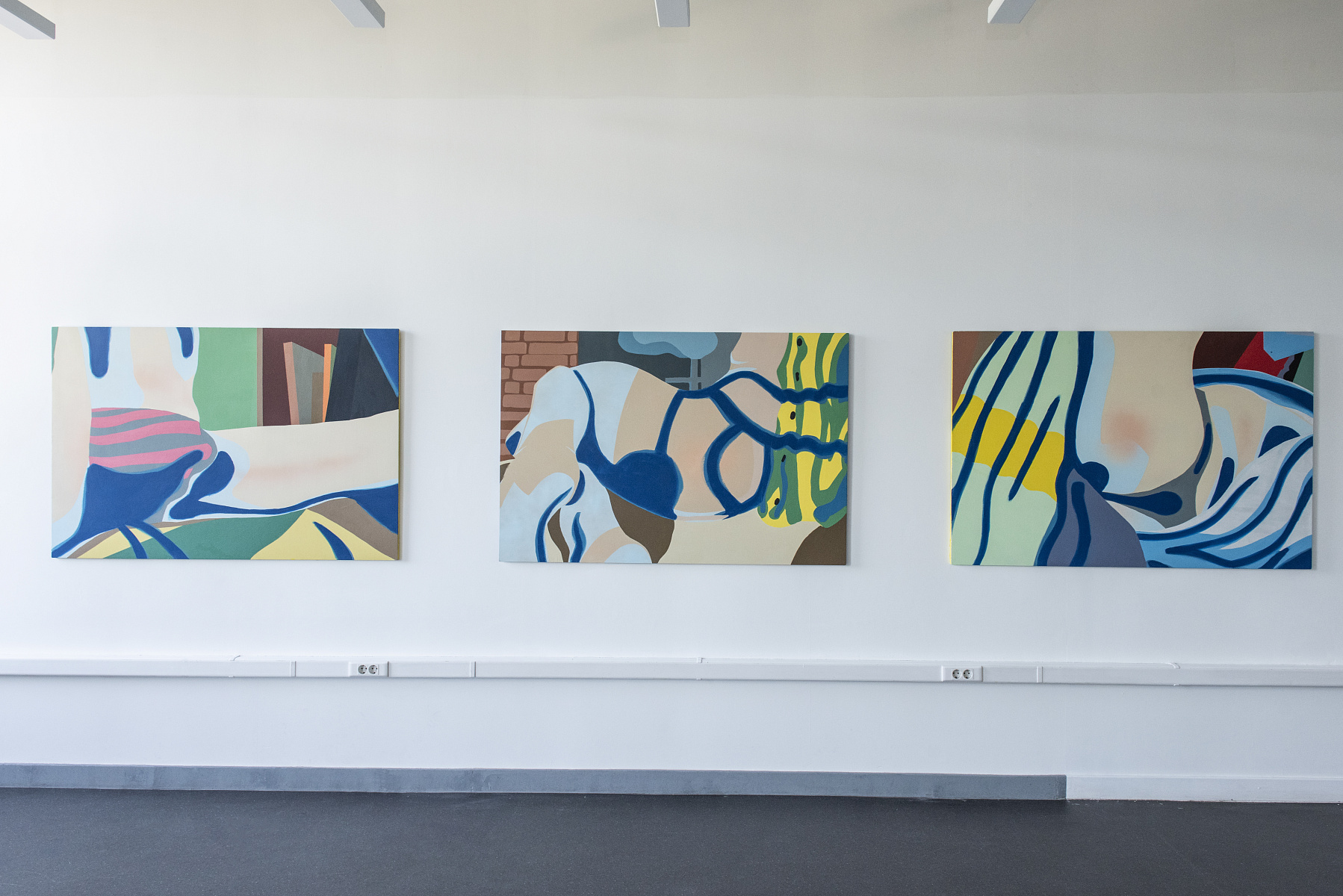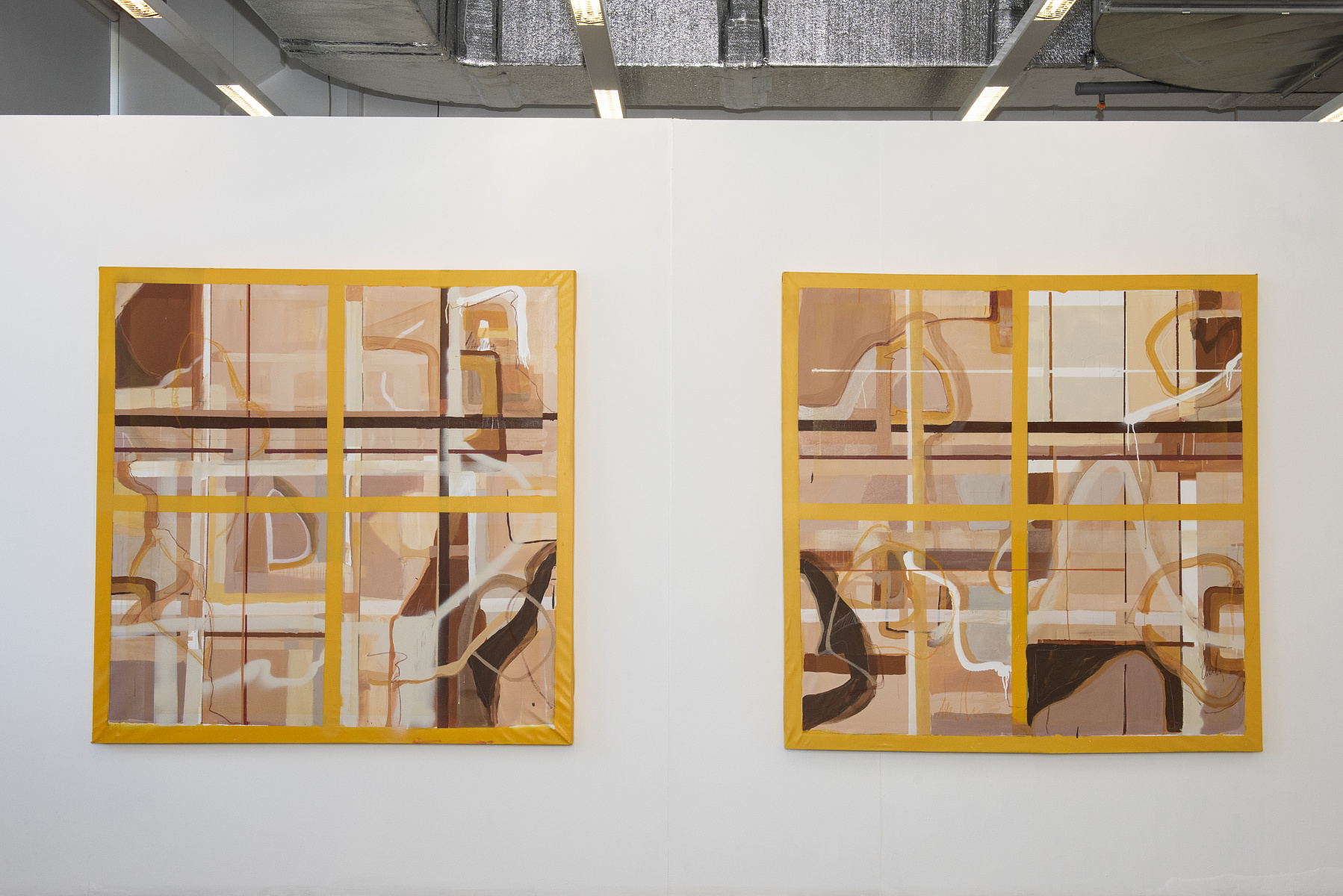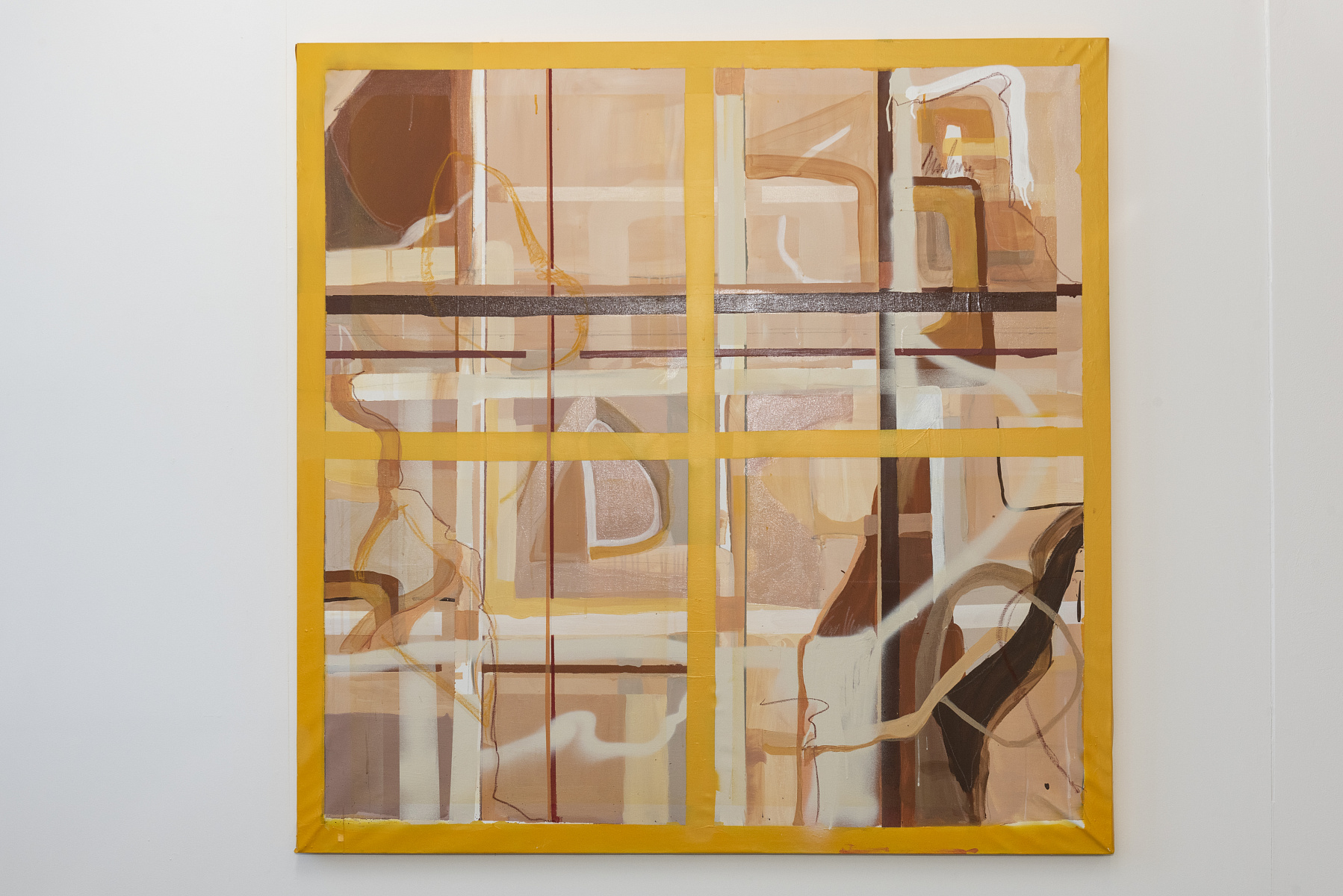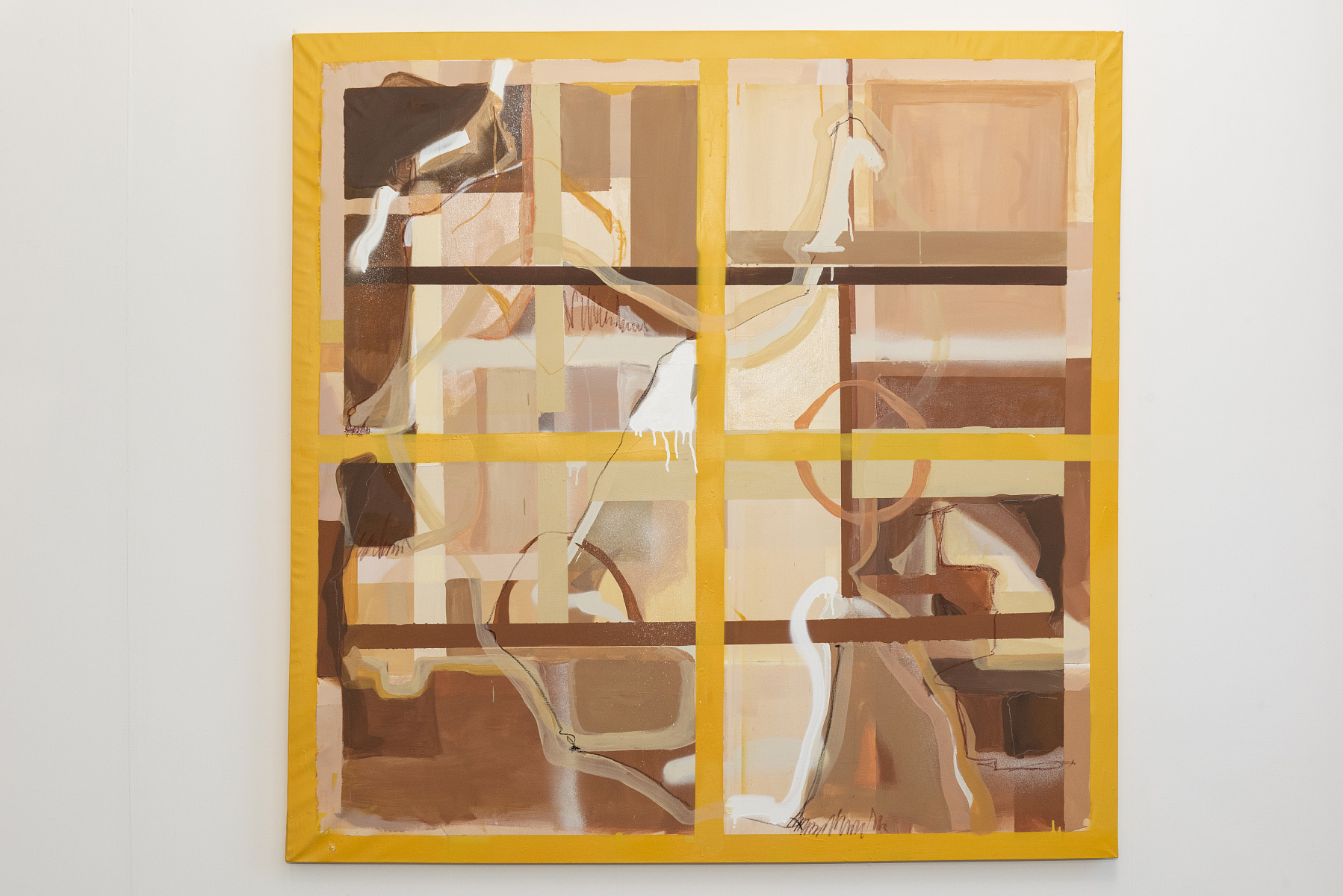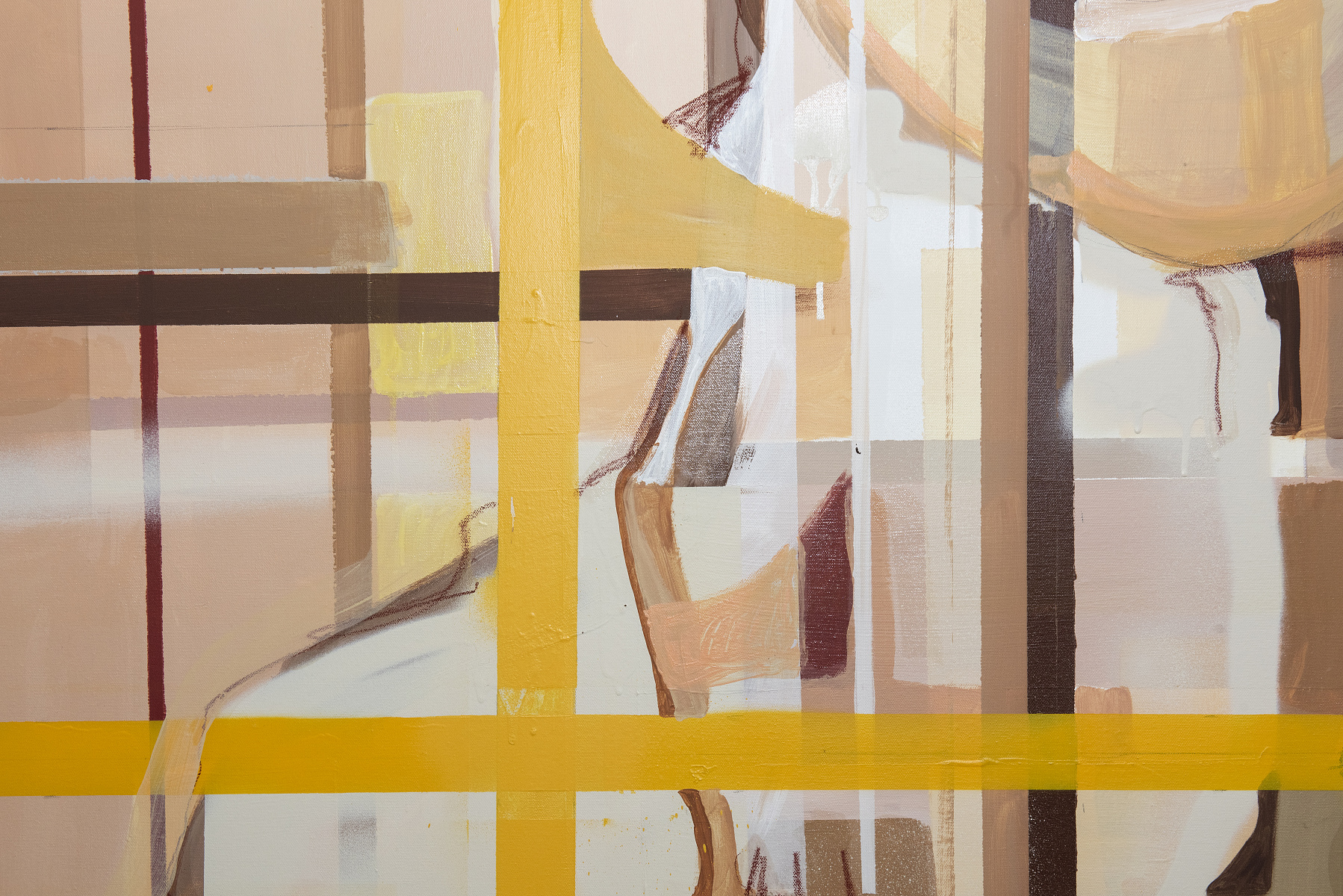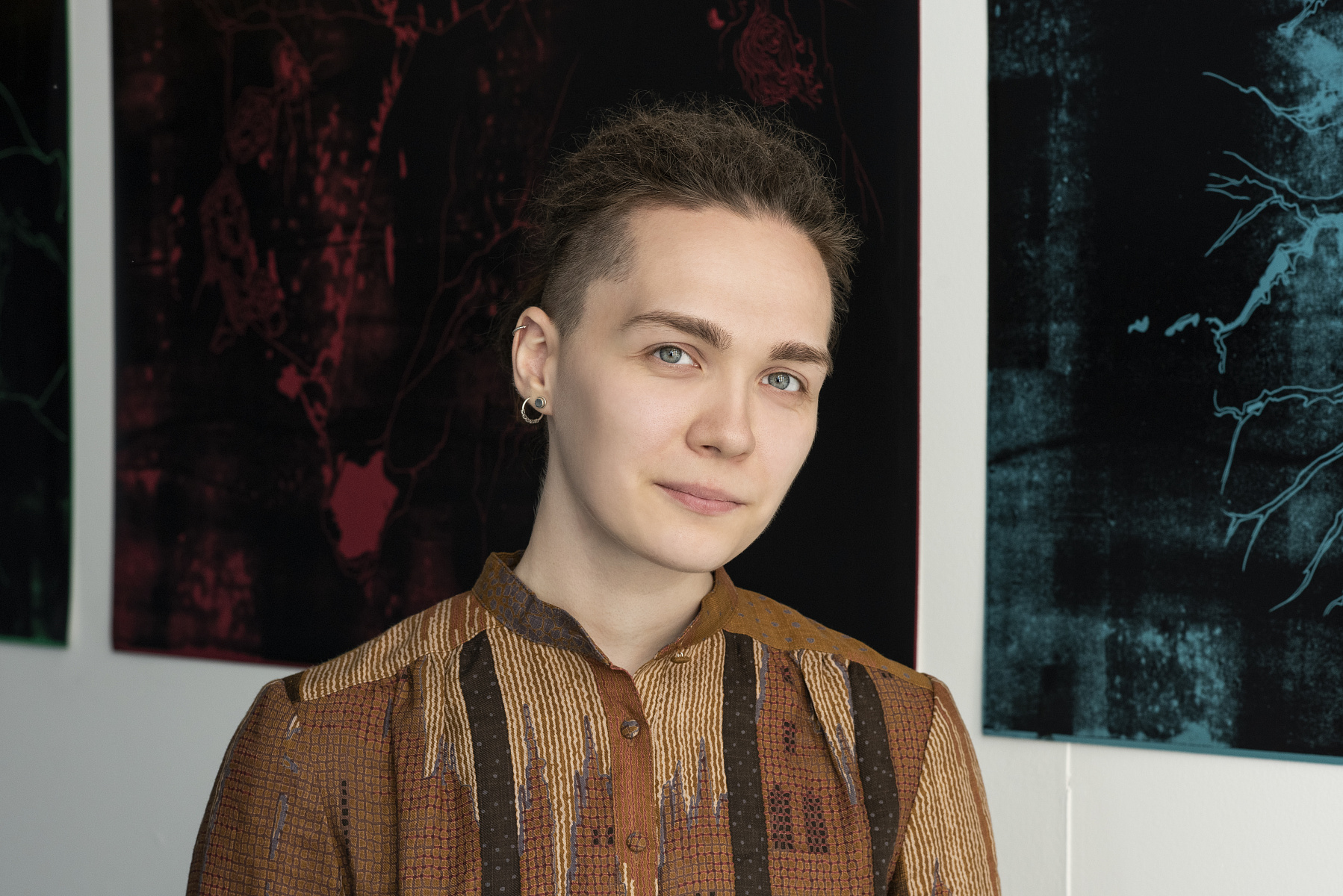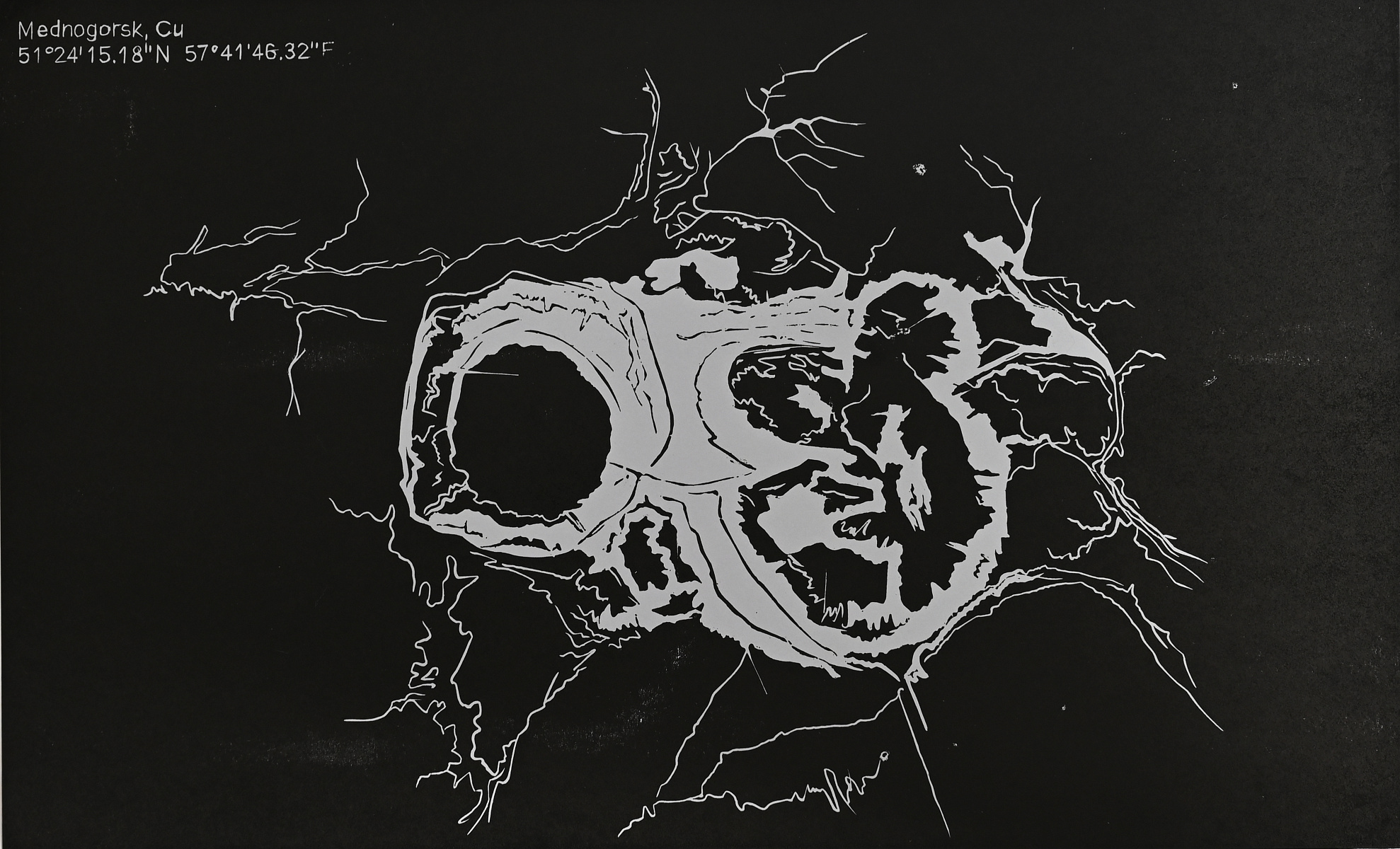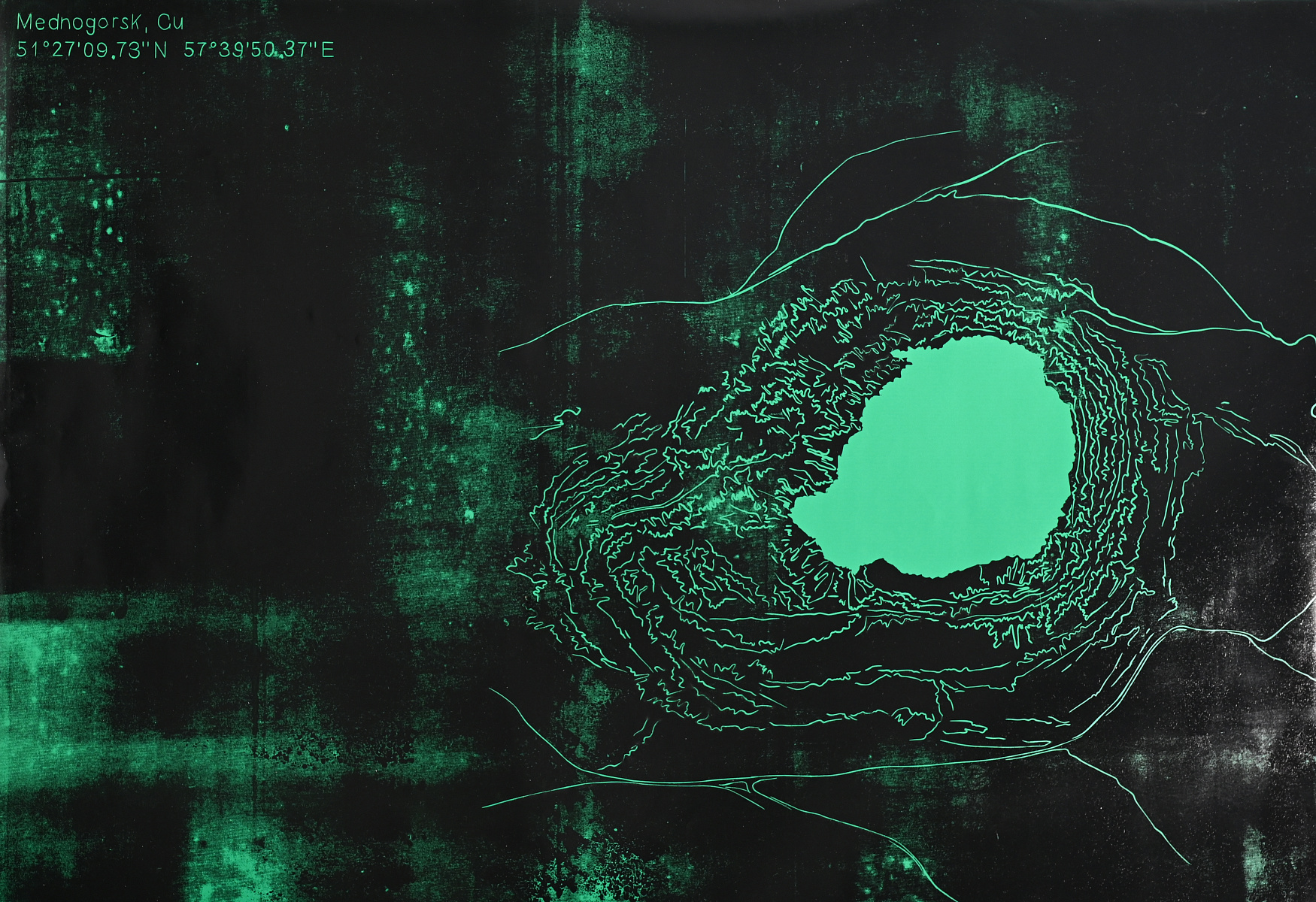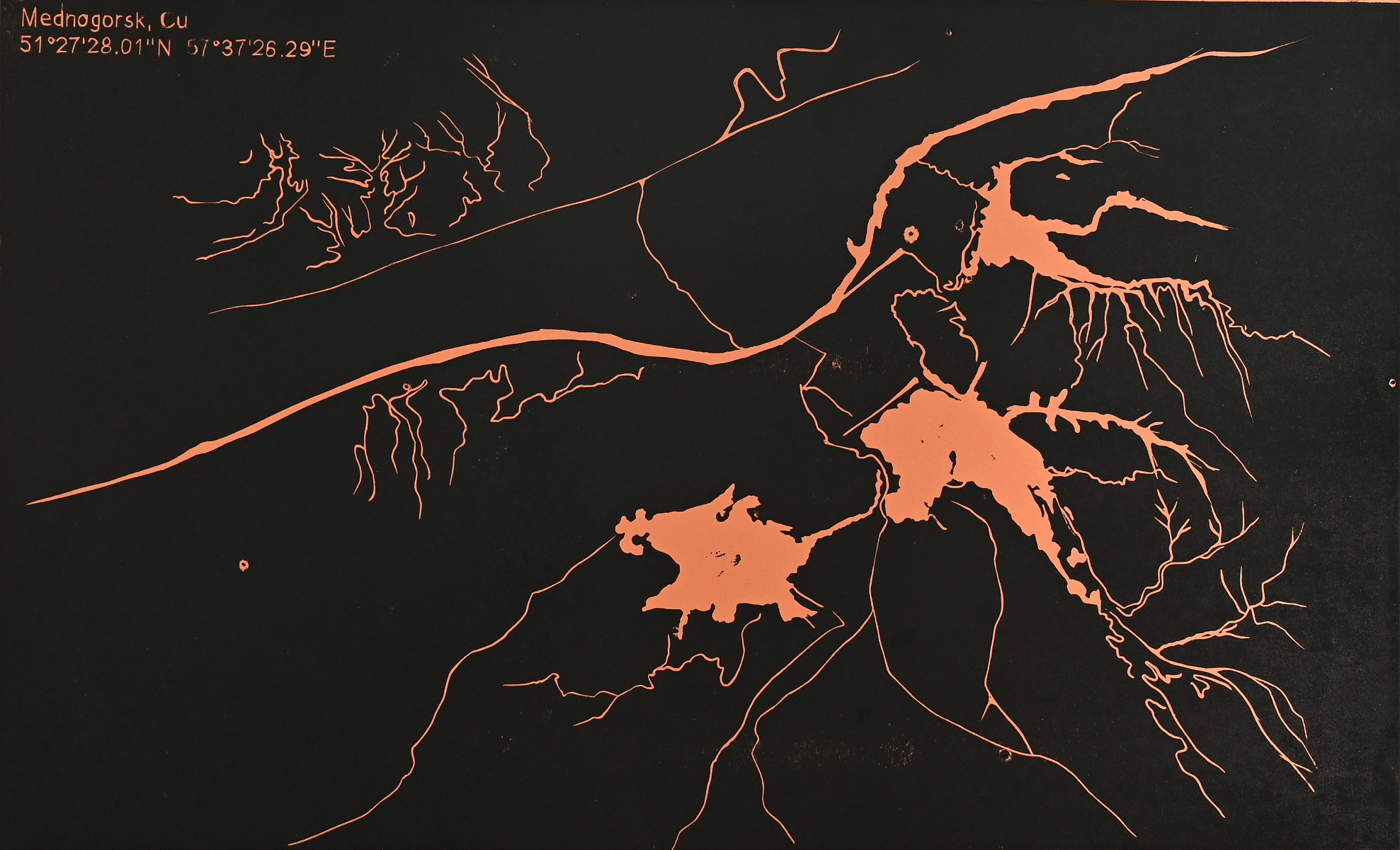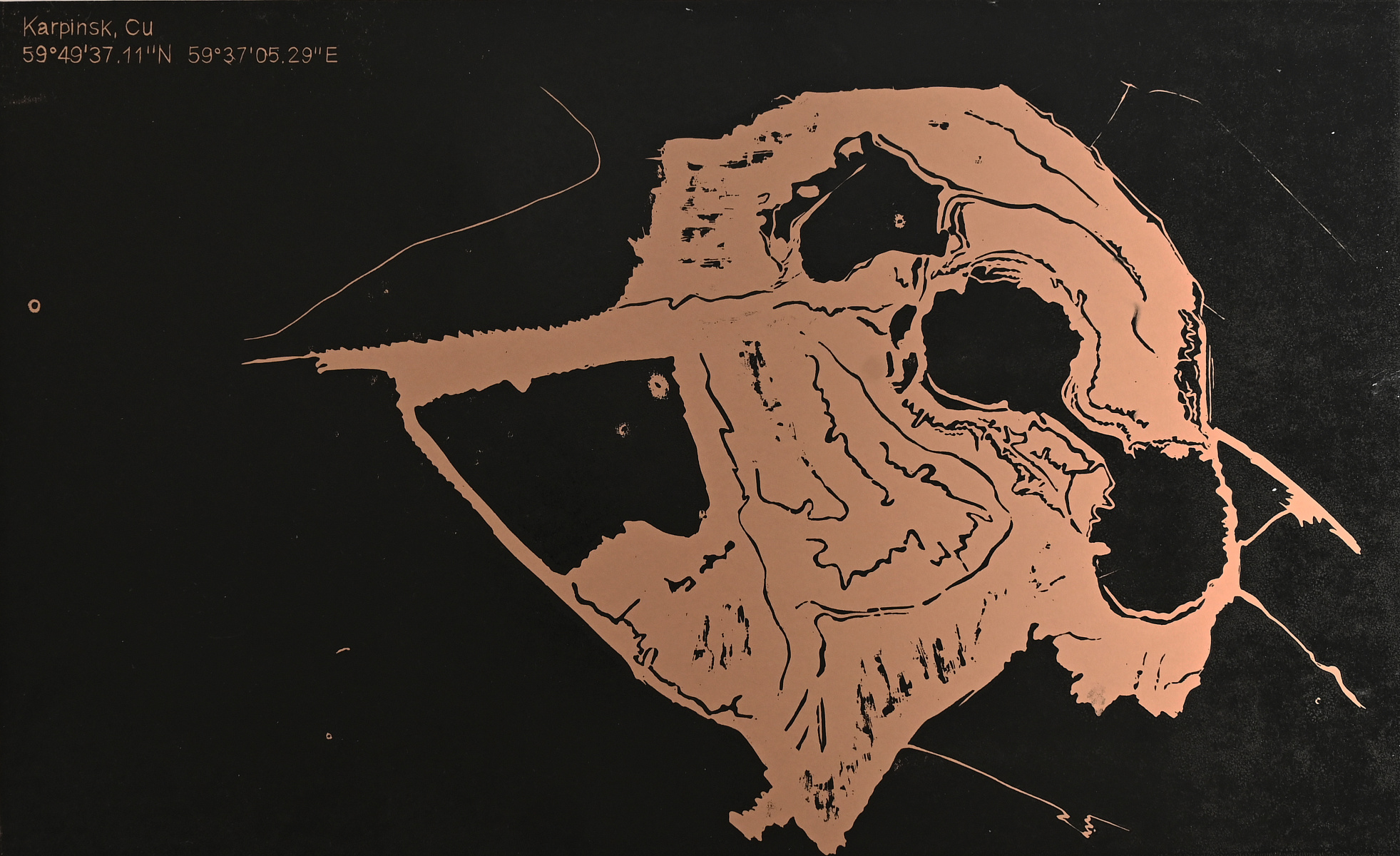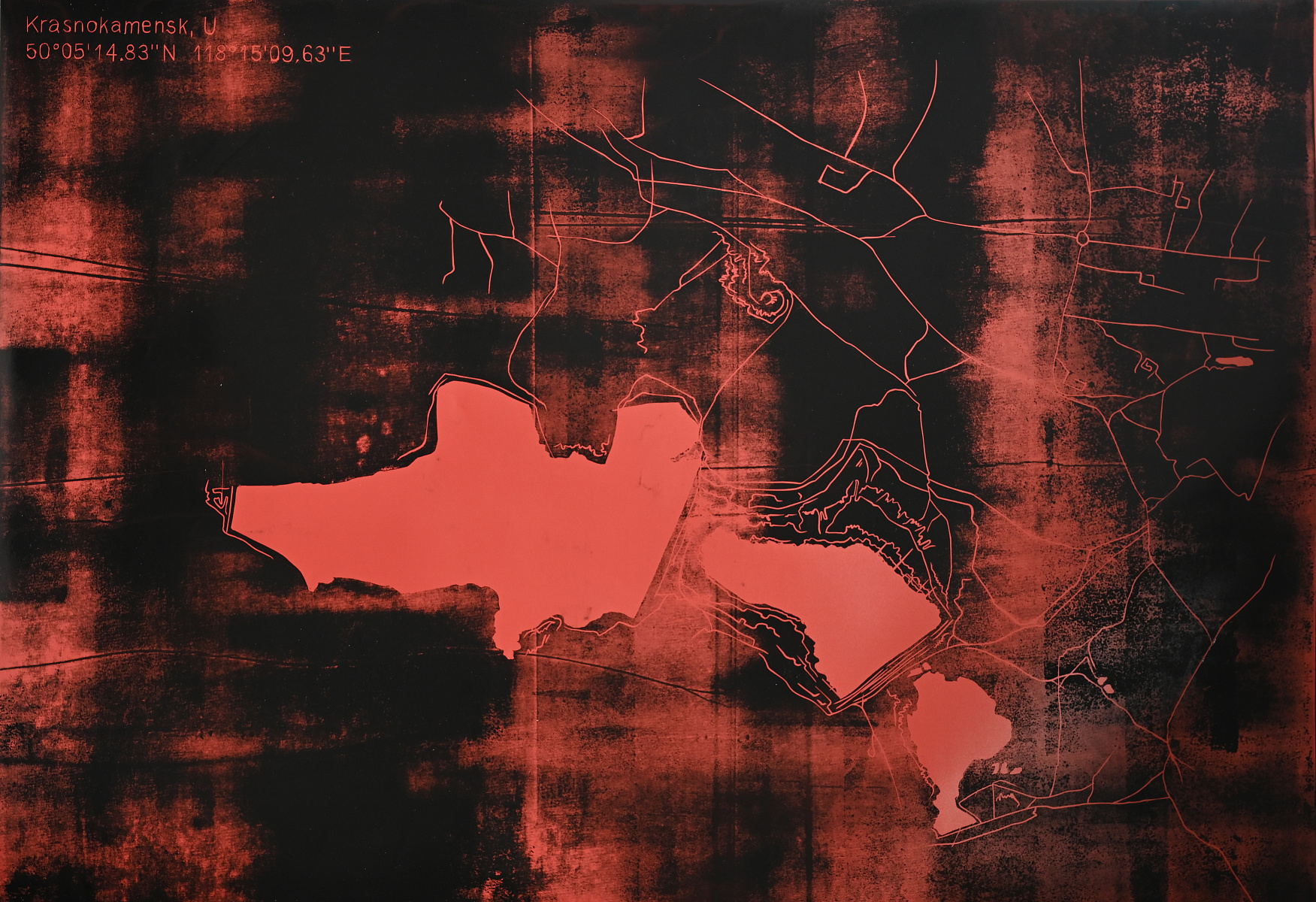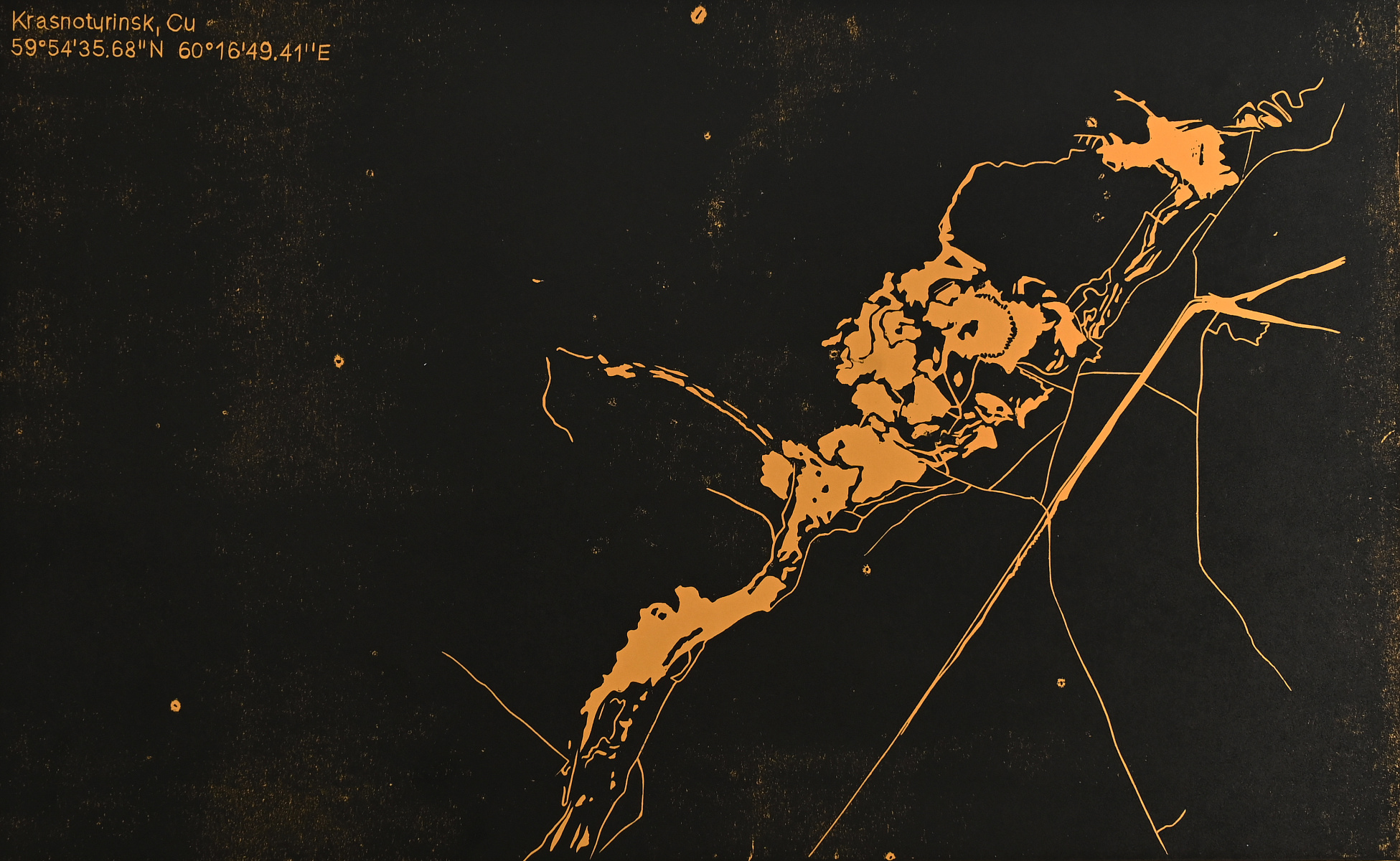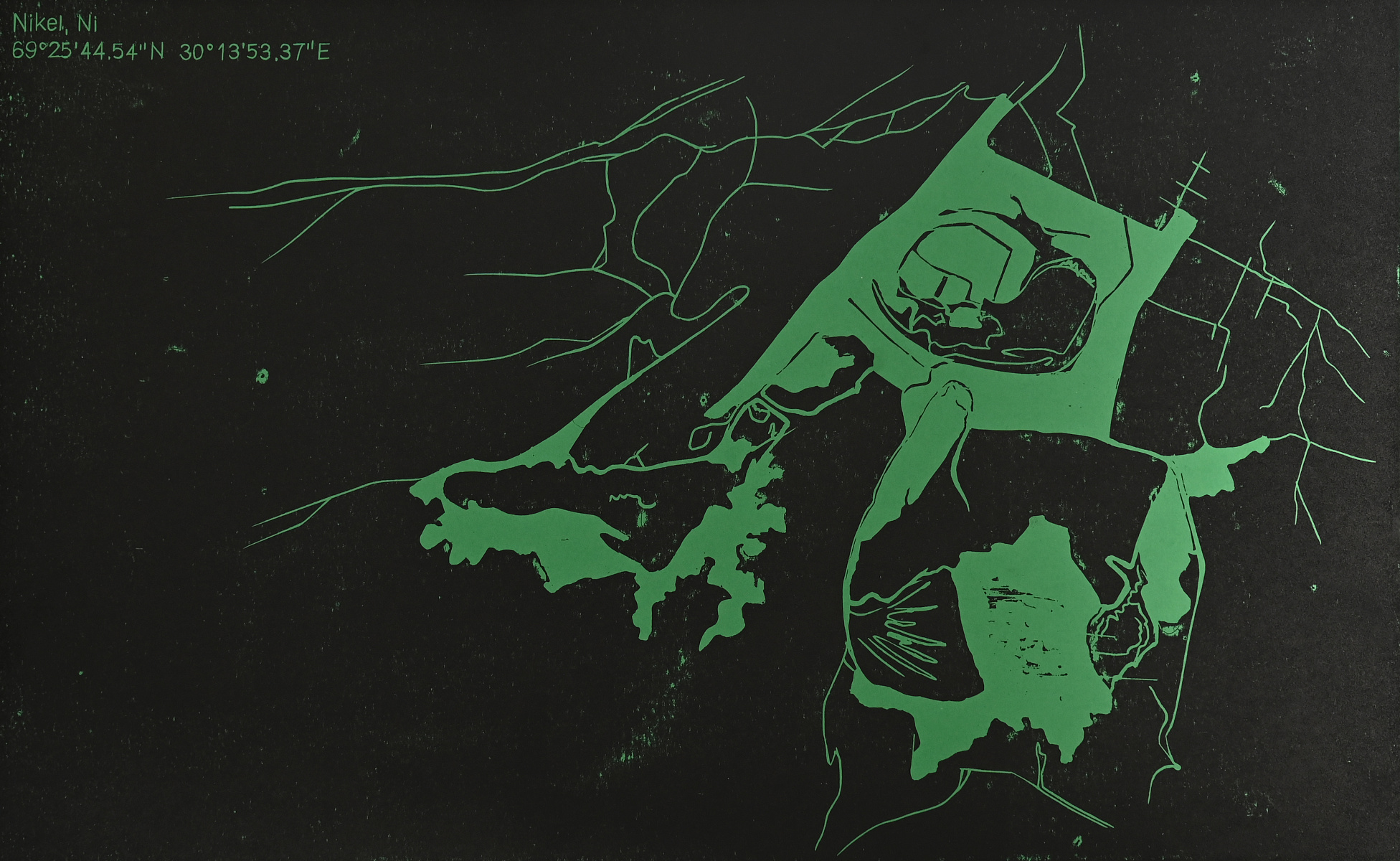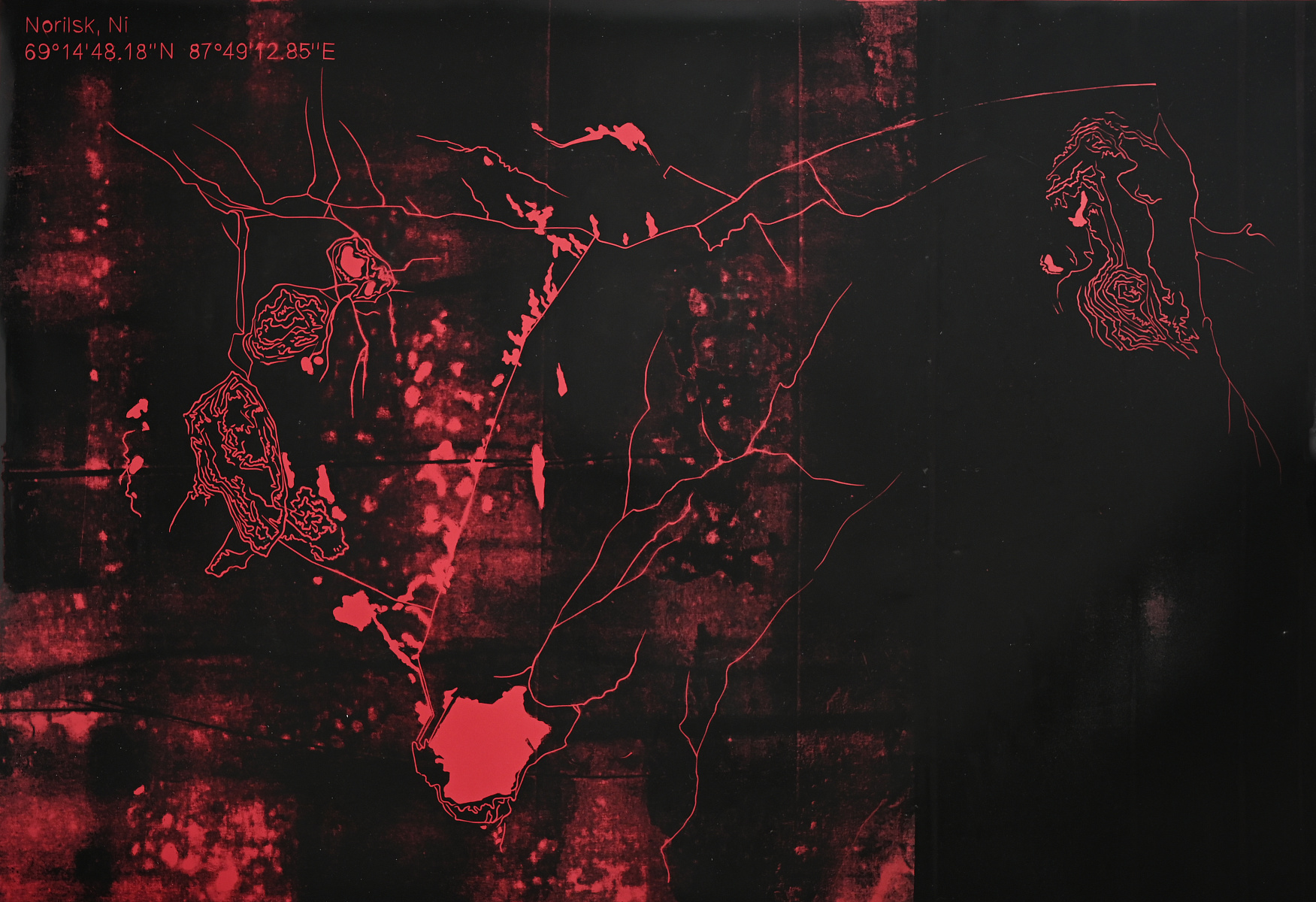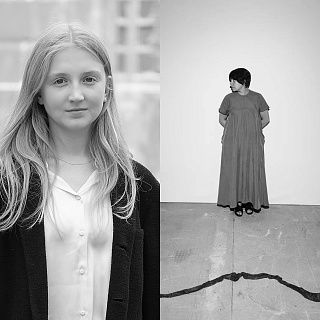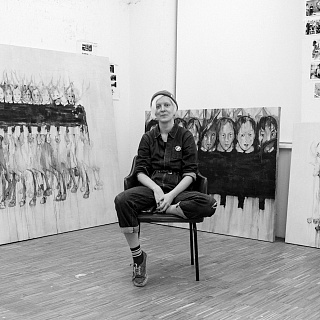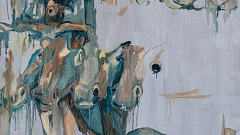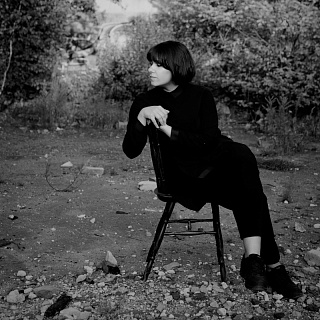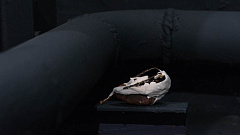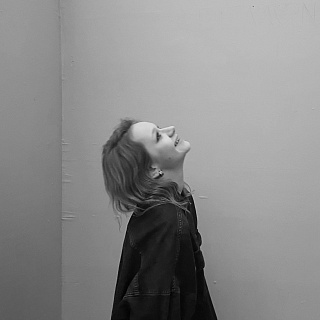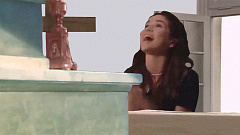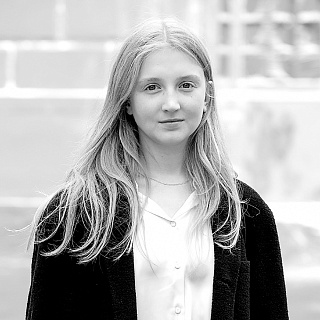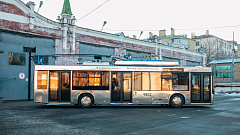Vievie
About the course
The Fine Art Programme focuses on contemporary art and practice and theories that inform it. This is a studio-based programme that approaches art practice in an investigative and experimental way. The ethos is pluralistic in approach, enabling students to specialise or work across media in such areas as painting, sculpture / installation, printmaking, video, photography, performance / installation. The emphasis is on establishing a personal direction through both process and critique.
The programme is progressive in outlook, fostering openness to new learning and emergent forms of practice, giving students the perspective to place both themselves and their work in a broader global context.
Starting from May 2020 programmes that cover different areas of contemporary art become a part of a new BHSAD and Universal University platform — Moscow School of Contemporary Art.
Britanka Degree Show 2022
The programme is progressive in outlook, fostering openness to new learning and emergent forms of practice, giving students the perspective to place both themselves and their work in a broader global context.
Starting from May 2020 programmes that cover different areas of contemporary art become a part of a new BHSAD and Universal University platform — Moscow School of Contemporary Art.
Britanka Degree Show 2022
What makes the programme unique
Programme Structure
Year 1: Modules
The learning experience is focused through a series of short ‘themed’ projects that enable the gaining of skills in fundamental techniques and processes. Investigation into ‘colour’ and ‘sculptural techniques’ will help underpin intellectual understanding of materials and their properties through a series of workshops.
A weekly lecture programme and 1-1 tutorials with staff and visiting practitioners will consolidate the understanding of artistic activity and further contextualise the individual position. ‘Series and sequence’ and ‘working in collaboration’ will allow the rolling forward of personal investigation into new realms, culminating in an essay of tutorial reports of 1500 words and an essay of research interests of 1500 words and an end of year show.
Core modules:
A weekly lecture programme and 1-1 tutorials with staff and visiting practitioners will consolidate the understanding of artistic activity and further contextualise the individual position. ‘Series and sequence’ and ‘working in collaboration’ will allow the rolling forward of personal investigation into new realms, culminating in an essay of tutorial reports of 1500 words and an essay of research interests of 1500 words and an end of year show.
Core modules:
- Fine Art Practice 1A
- Fine Art Practice 1B
- Fine Art in Context 1
- Fine Art: Visions, Contexts, Languages (Critical and Cultural Studies)
Year 2: Modules
The second year of the programme will focus more on equipping the student with research skills that help to situate the developing practice within a wider cultural context. Continued workshop programmes will aid the acquisition of skills. Professional practice and career progression will also begin in year 2. The critical studies module will require the submission of 2 research papers of upto 2000 words each.
Core modules:
Core modules:
- Fine Art Practice 2A
- Fine Art Practice 2B
- Fine Art in Context 2
- Fine Art: Debates and Values (Critical and Cultural Studies)
Year 3: Modules
In the third year student develop their individual studio practice and present a final assessed exhibition. here, they consider how their work communicates and devise an appropriate strategy for engaging with an audience. They explore current opportunities in fine art or related careers relevant to your individual aspirations and produce a professional presentation with accompanying literature, considering how to tailor presentations to suit different career contexts.
Core Modules:
Core Modules:
- Fine Art Practice 3A
- Fine Art Practice 3B
- Fine Art Degree Essay (Critical and Cultural Studies)
Tutors
Teachers
Student works


UZOSUK

Digital communication

Fracture

Temporary contradictions, 2022
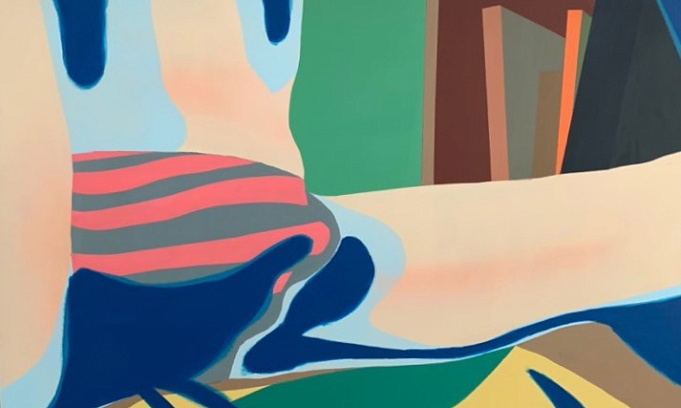
Great deal!
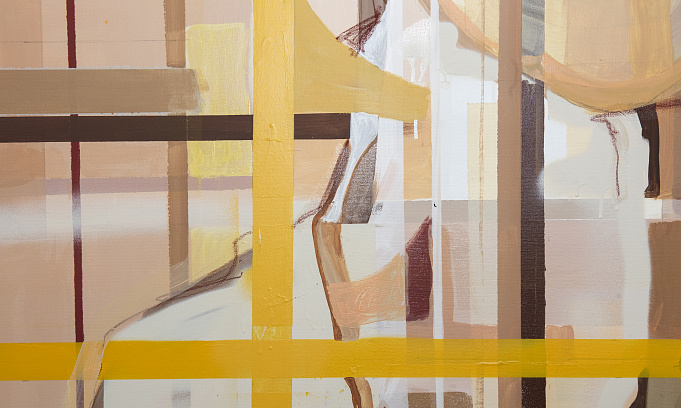
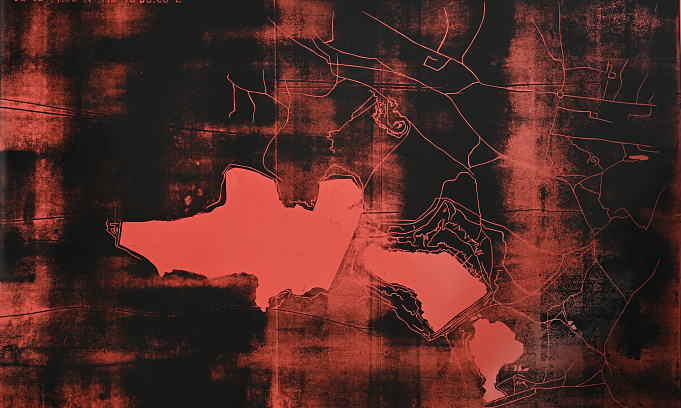
Water in Your Backyard
How to apply
01
Required portfolio
The range of work in your portfolio should cover a broad spectrum of media, materials and approaches. Projects may be submitted in different disciplines including but not limited to graphics, drawing, painting, textile, photography, decorative art, design, web-design, animation.
First of all, the admission committee would like to see how you can generate and develop your ideas; that is why, besides finished projects, the portfolio should also include notebooks with sketches, sketchbooks, written works (articles, essays, if any). Please try to present examples of the best and most recent projects which reflect your creative abilities.
Your portfolio needs to be printed (А3 format or larger). Animation and CG works should be presented on CDs or memory sticks. It advisable to show photographs of large works which otherwise would be difficult to transport.
First of all, the admission committee would like to see how you can generate and develop your ideas; that is why, besides finished projects, the portfolio should also include notebooks with sketches, sketchbooks, written works (articles, essays, if any). Please try to present examples of the best and most recent projects which reflect your creative abilities.
Your portfolio needs to be printed (А3 format or larger). Animation and CG works should be presented on CDs or memory sticks. It advisable to show photographs of large works which otherwise would be difficult to transport.
02
Interview procedure
Prospective students will be asked questions regarding their education and professional background in order to make a final decision about admission on to the course. Please be ready to tell the interview panel about yourself, your design experience and projects in your portfolio.
You may be asked about the history of creation of a particular work and the context of its creation. The panel may ask you about well-known designers to learn about the influence of creative activities of other designers and artists on you, the reason why you follow them and the main incentive for your development in terms of your occupation.
You may be asked about the history of creation of a particular work and the context of its creation. The panel may ask you about well-known designers to learn about the influence of creative activities of other designers and artists on you, the reason why you follow them and the main incentive for your development in terms of your occupation.
Cost and terms of payment
Cost and terms of payment
690 000 ₽ per year
Success stories
FAQ
What is the language of delivery?
The education at BHSAD is provided by an international team of lecturers but the working language is always English for our British programmes.
